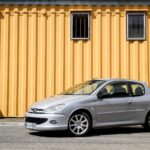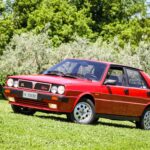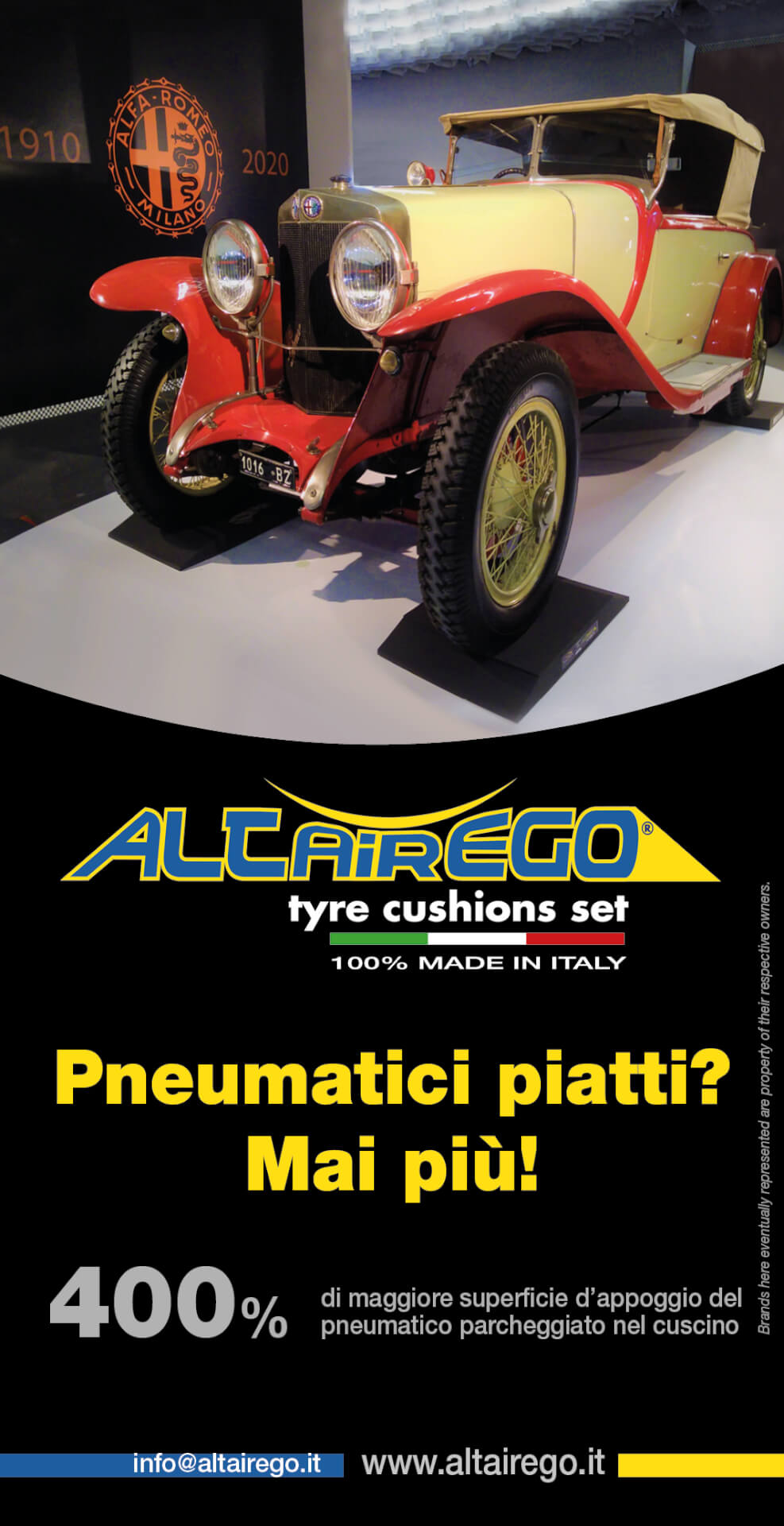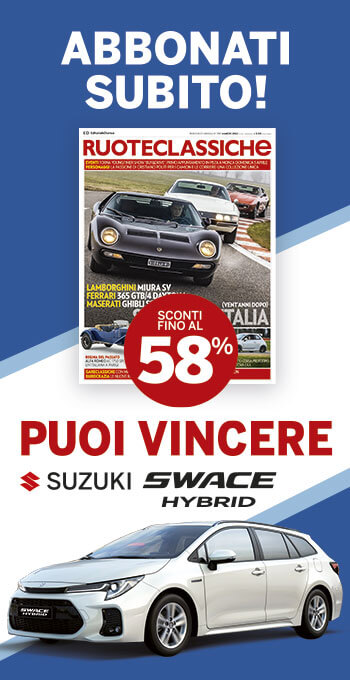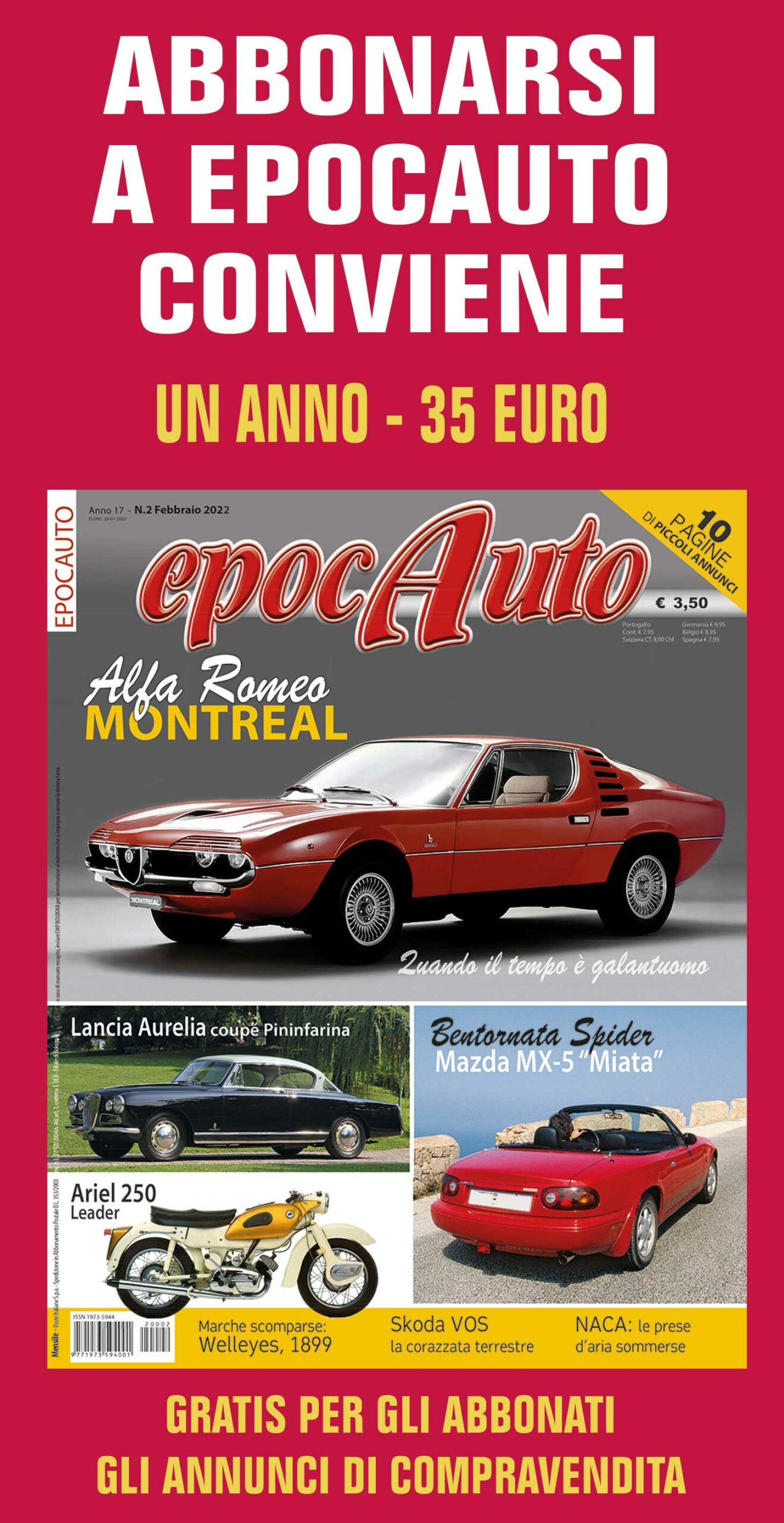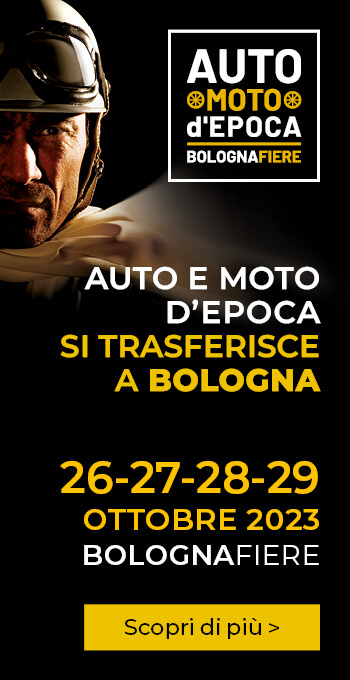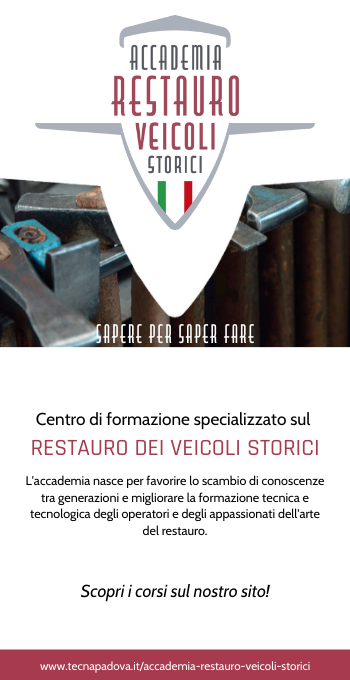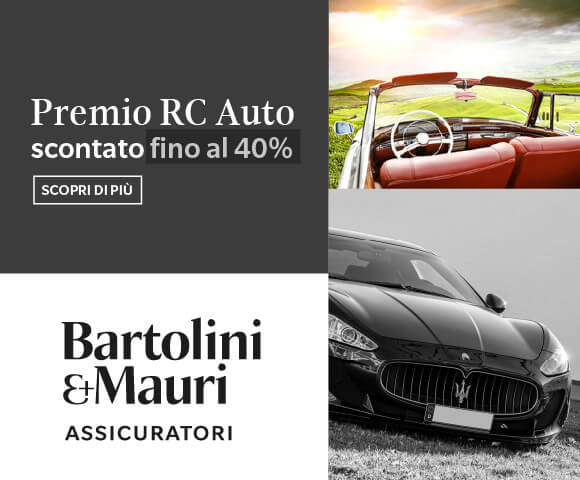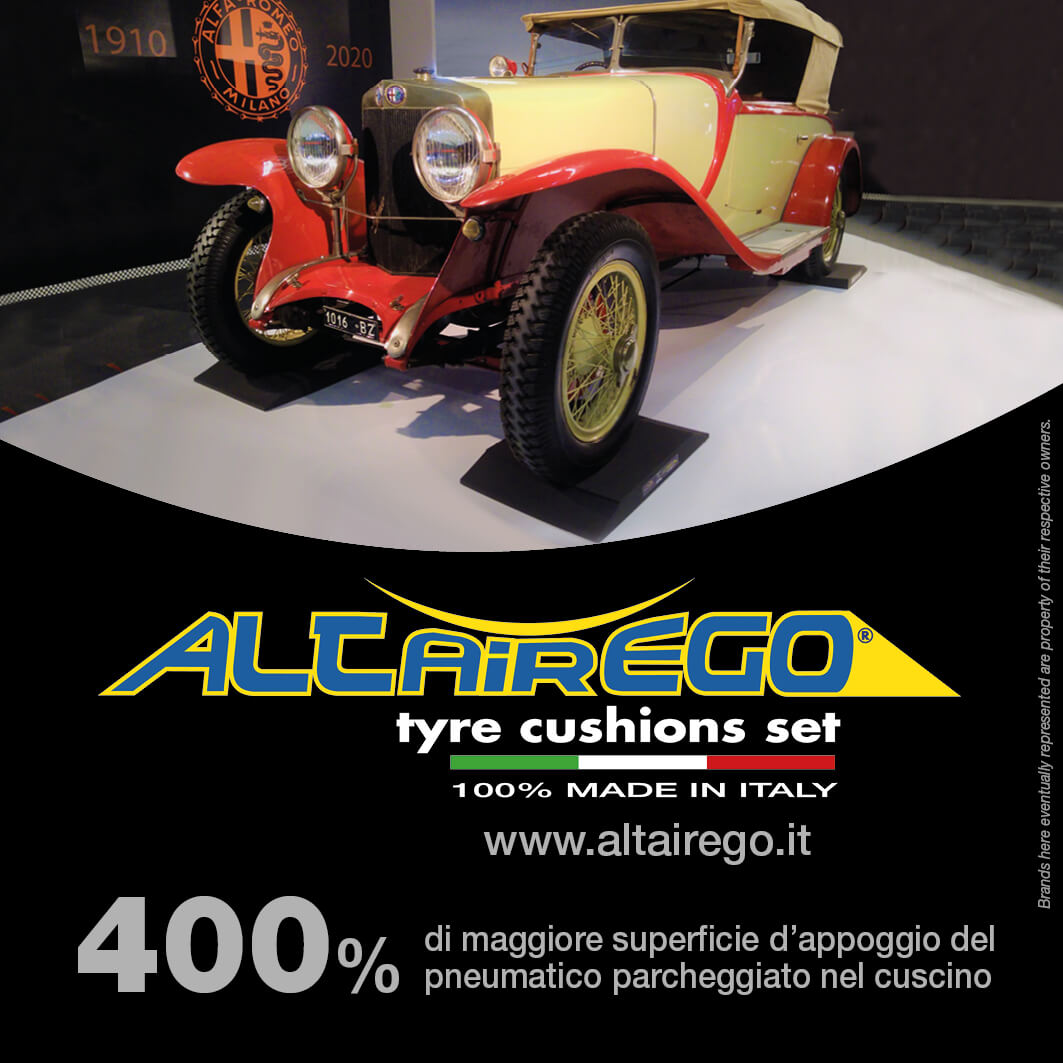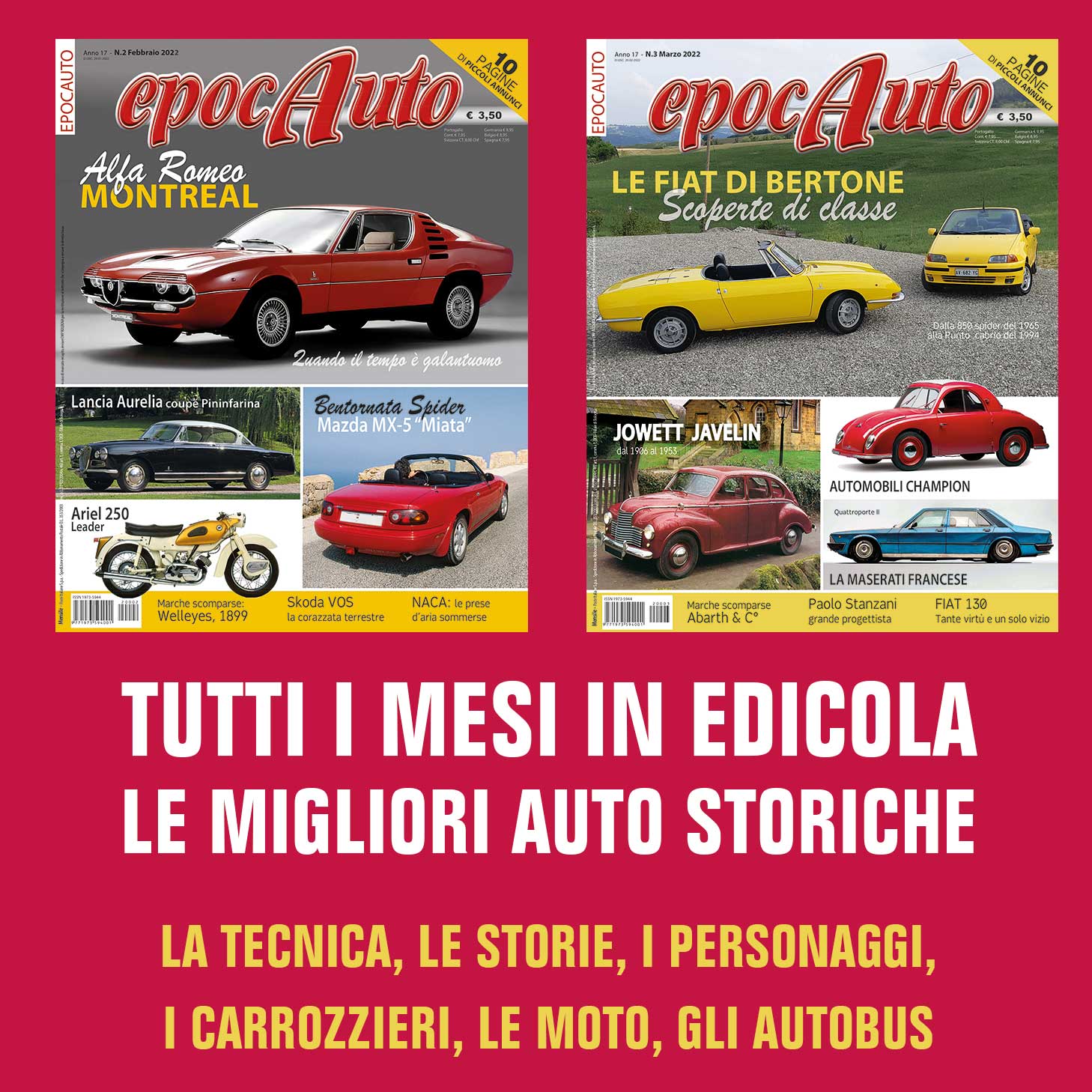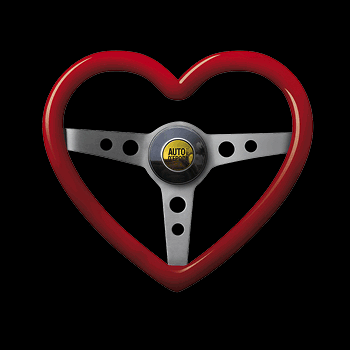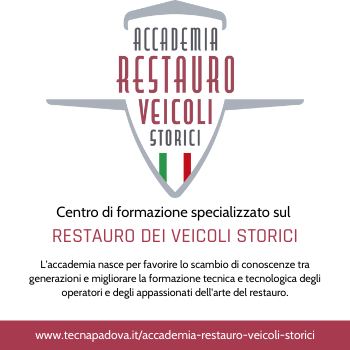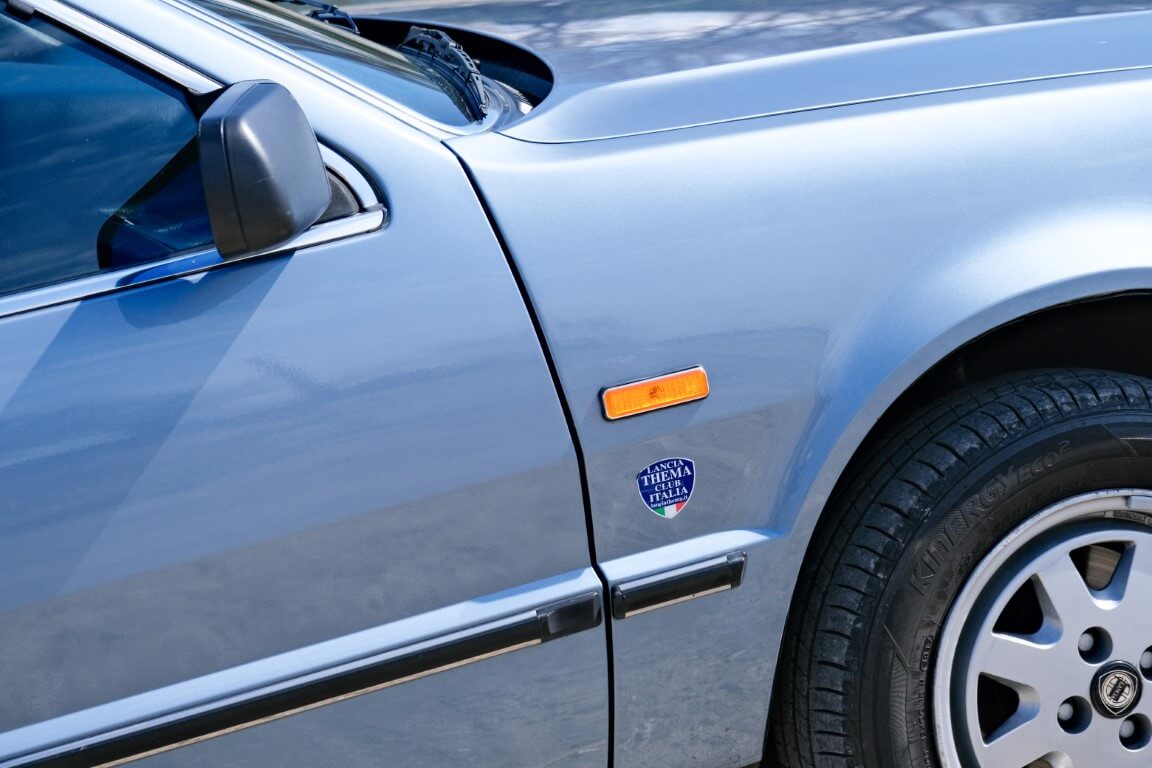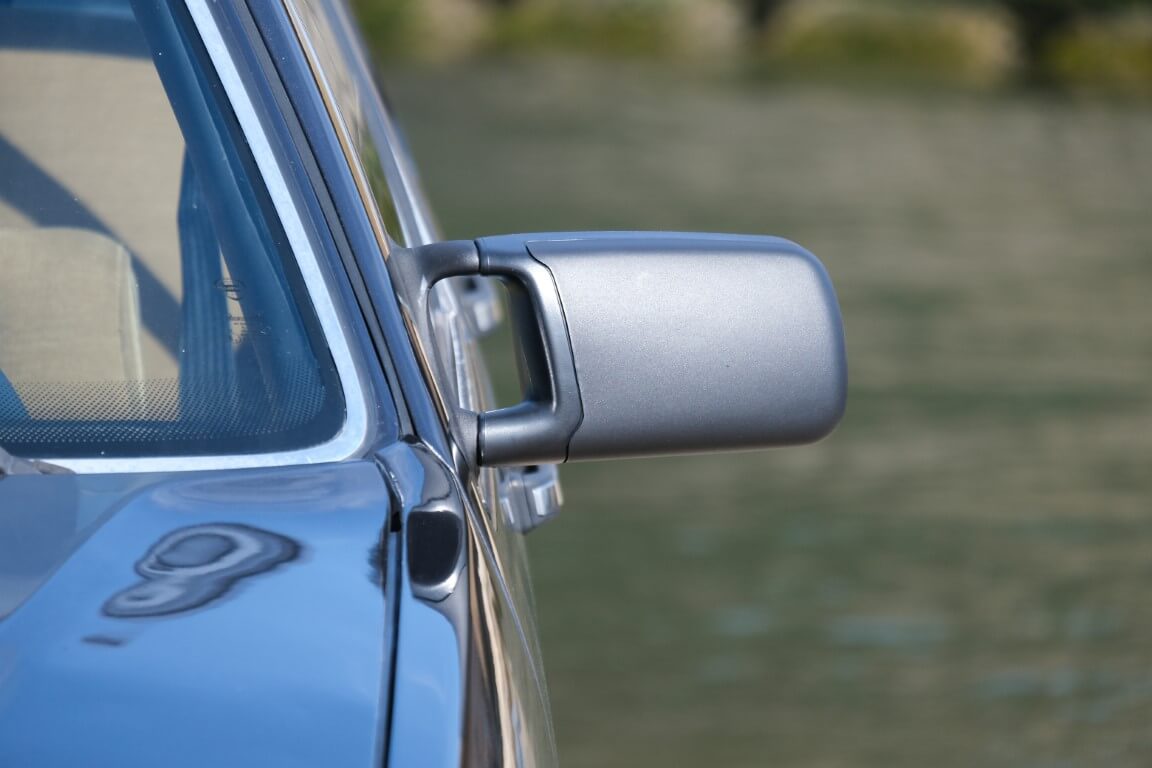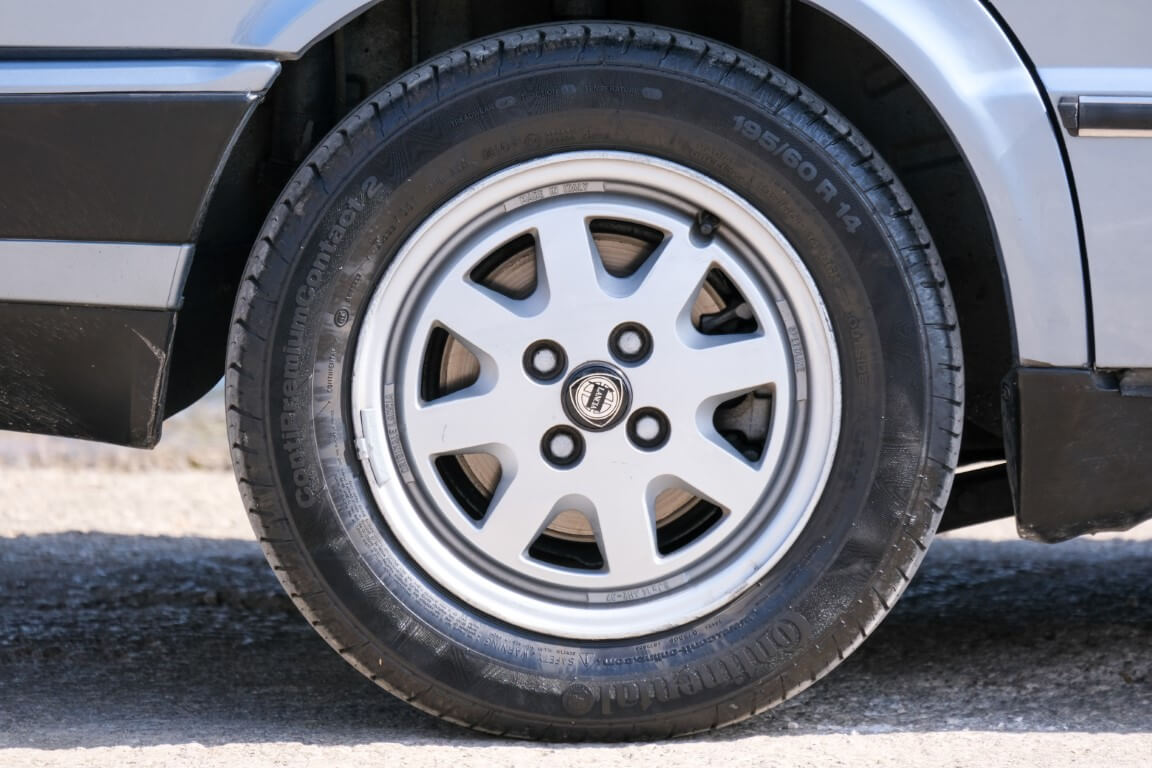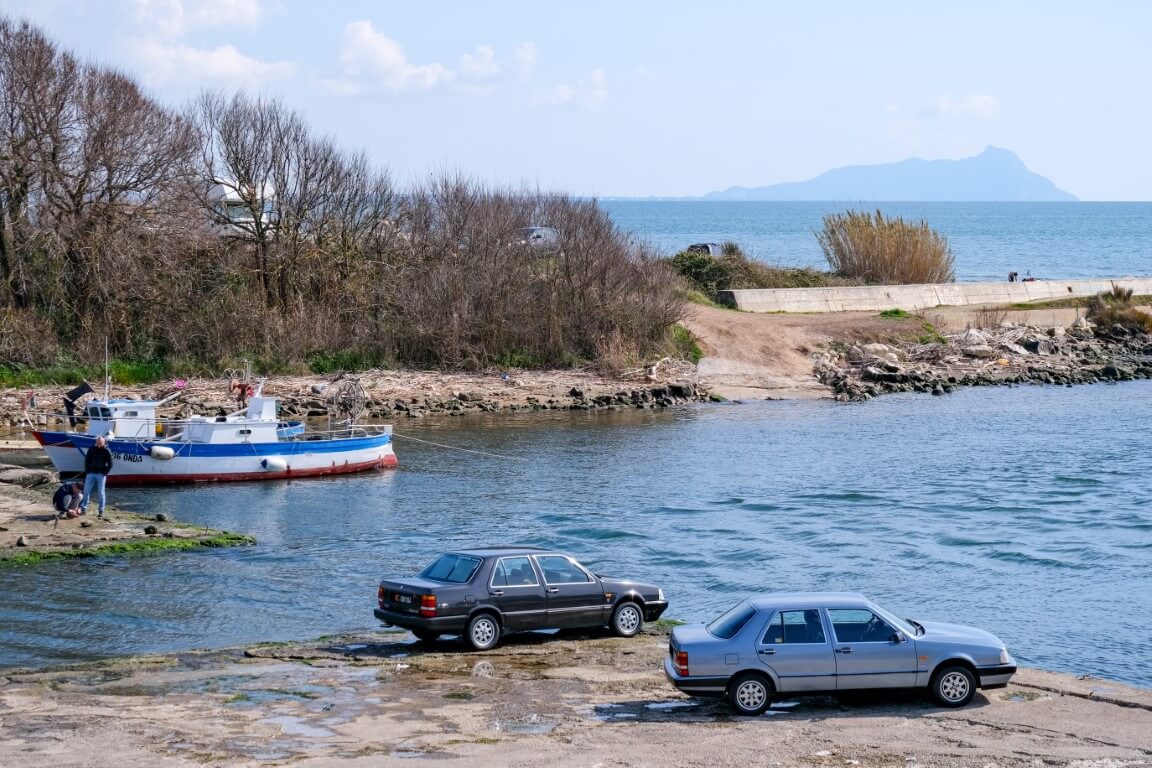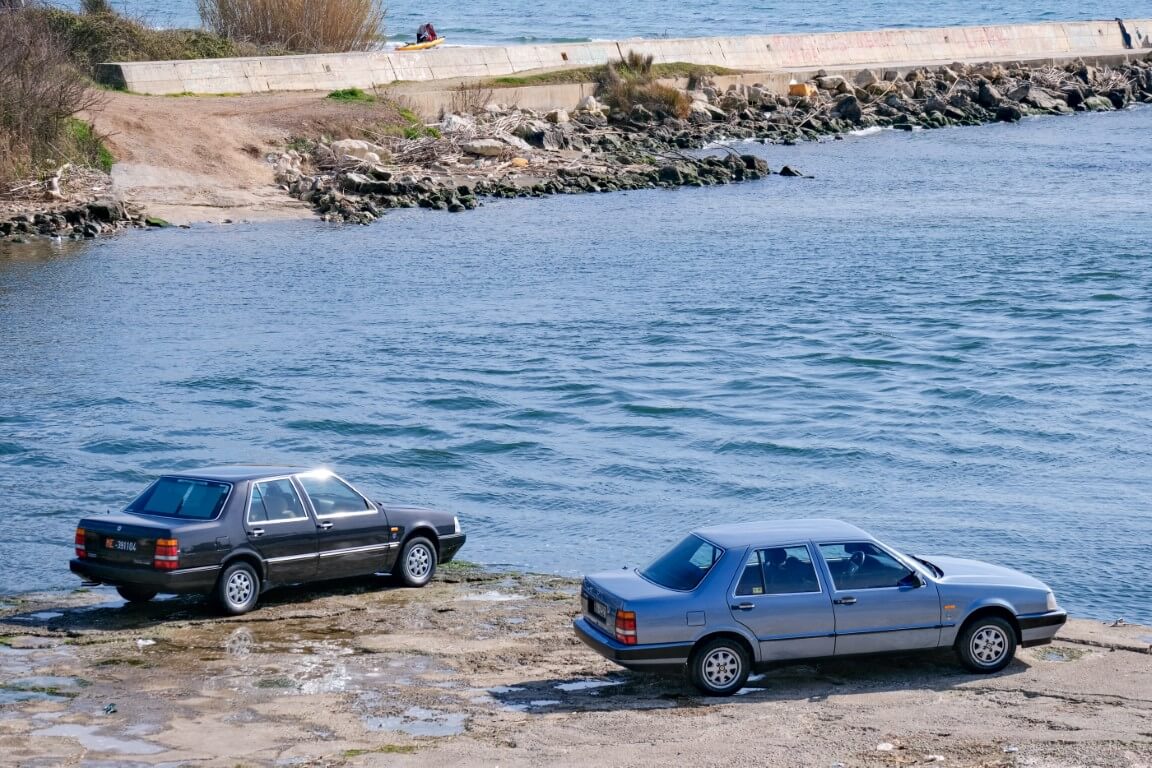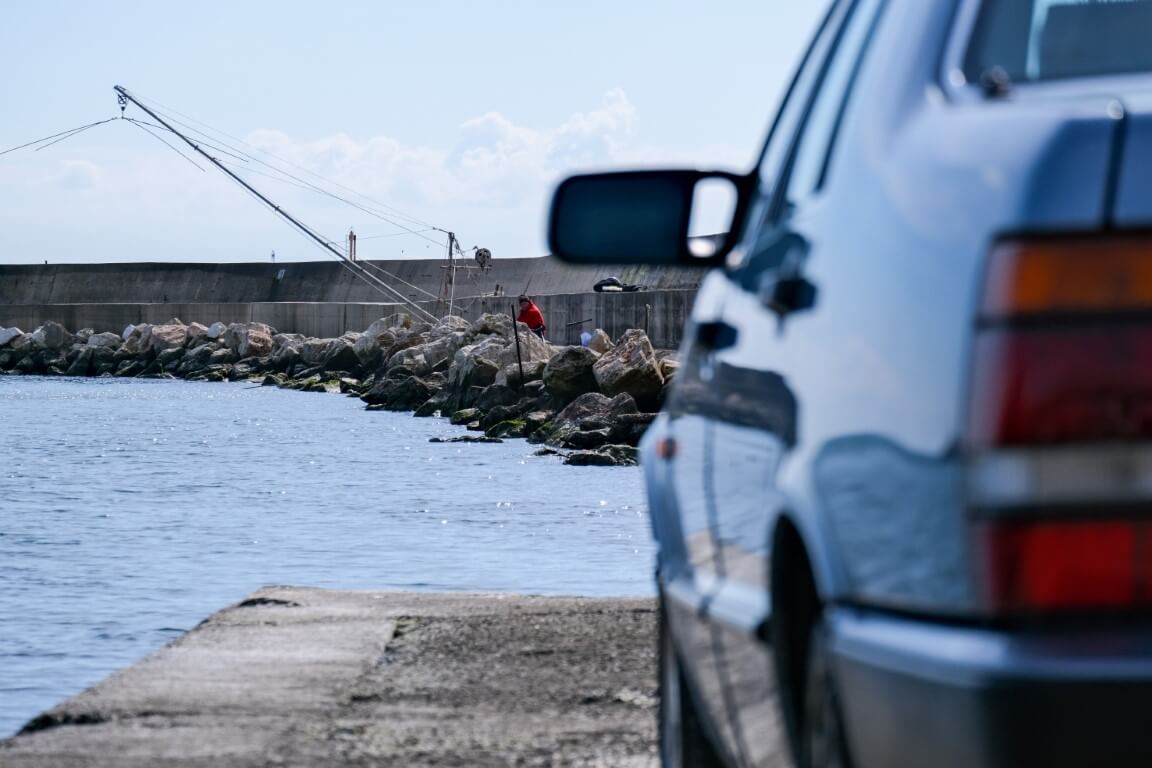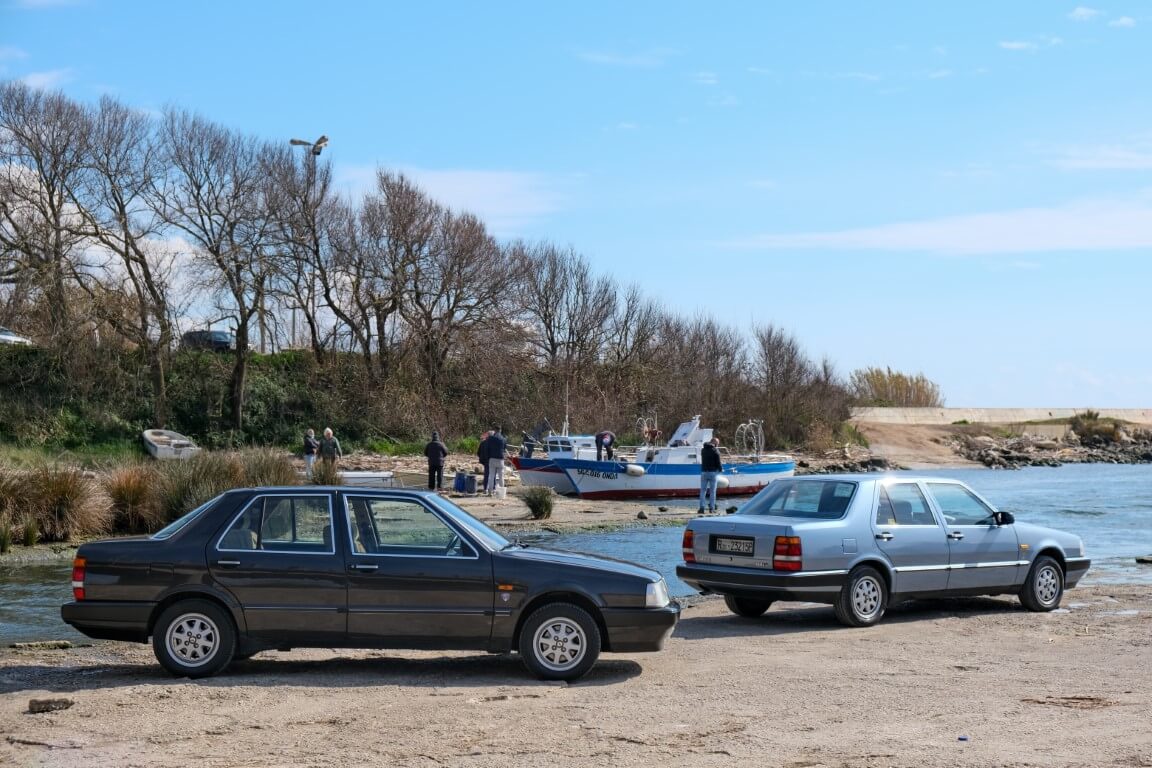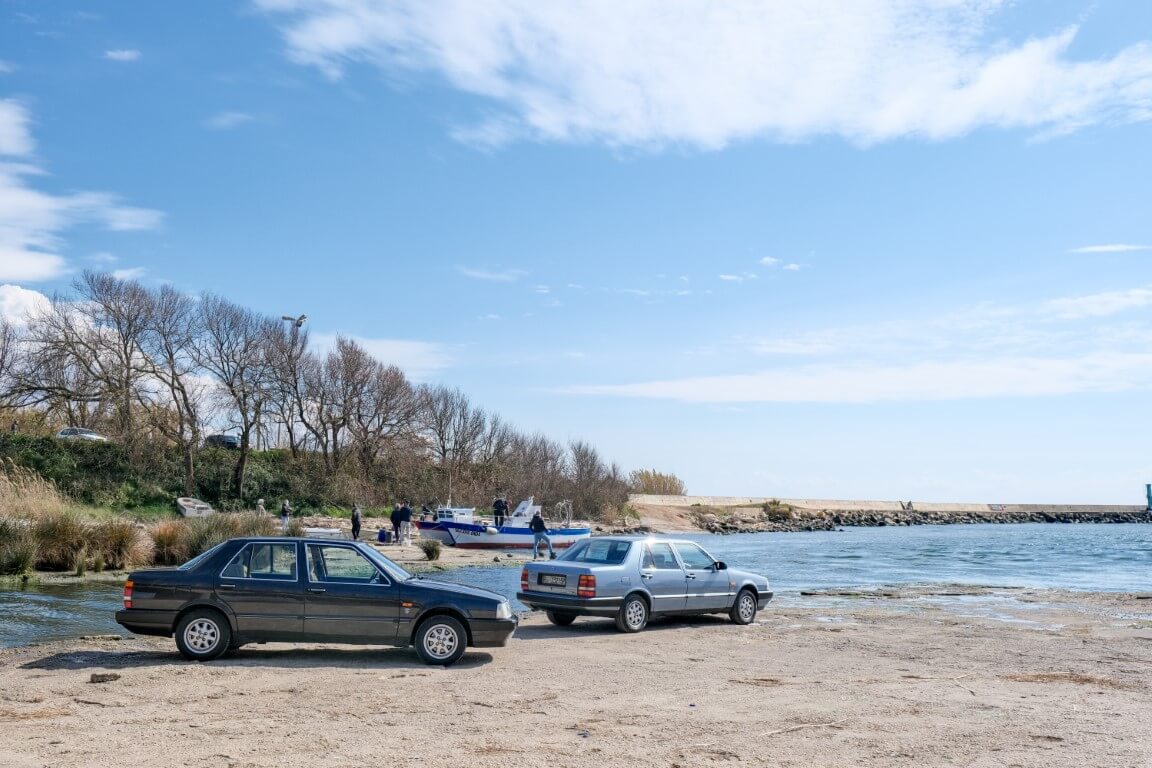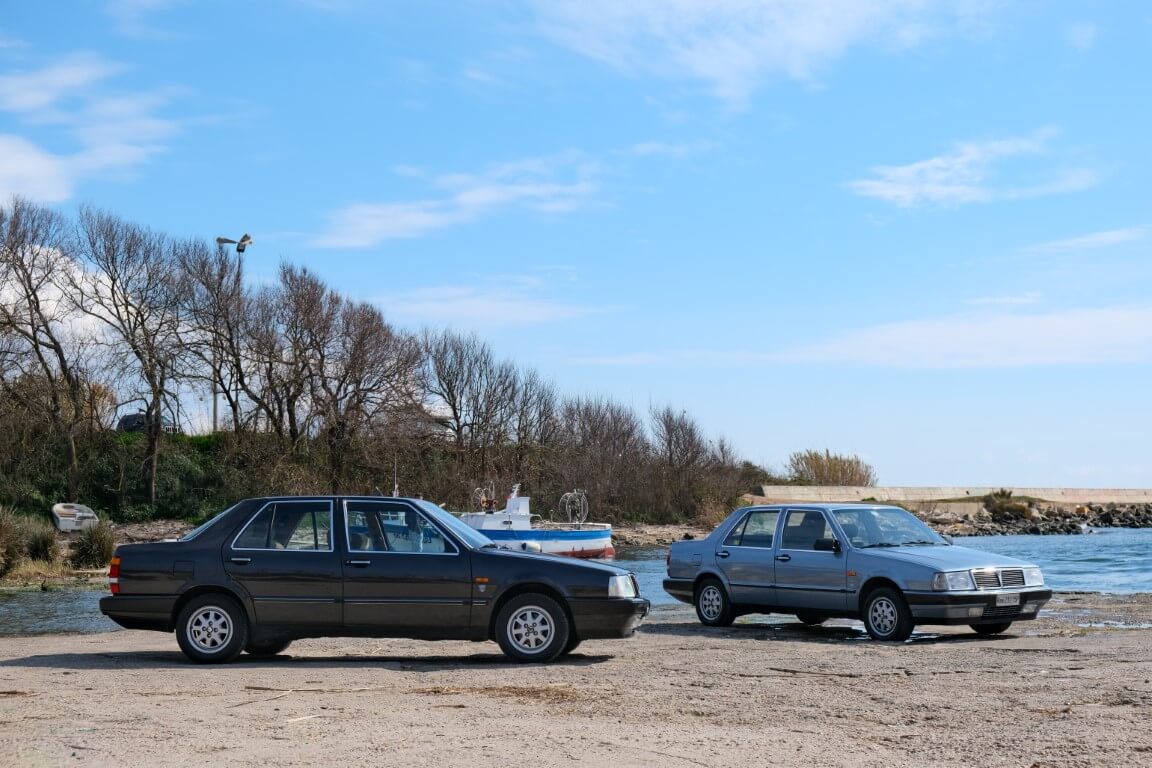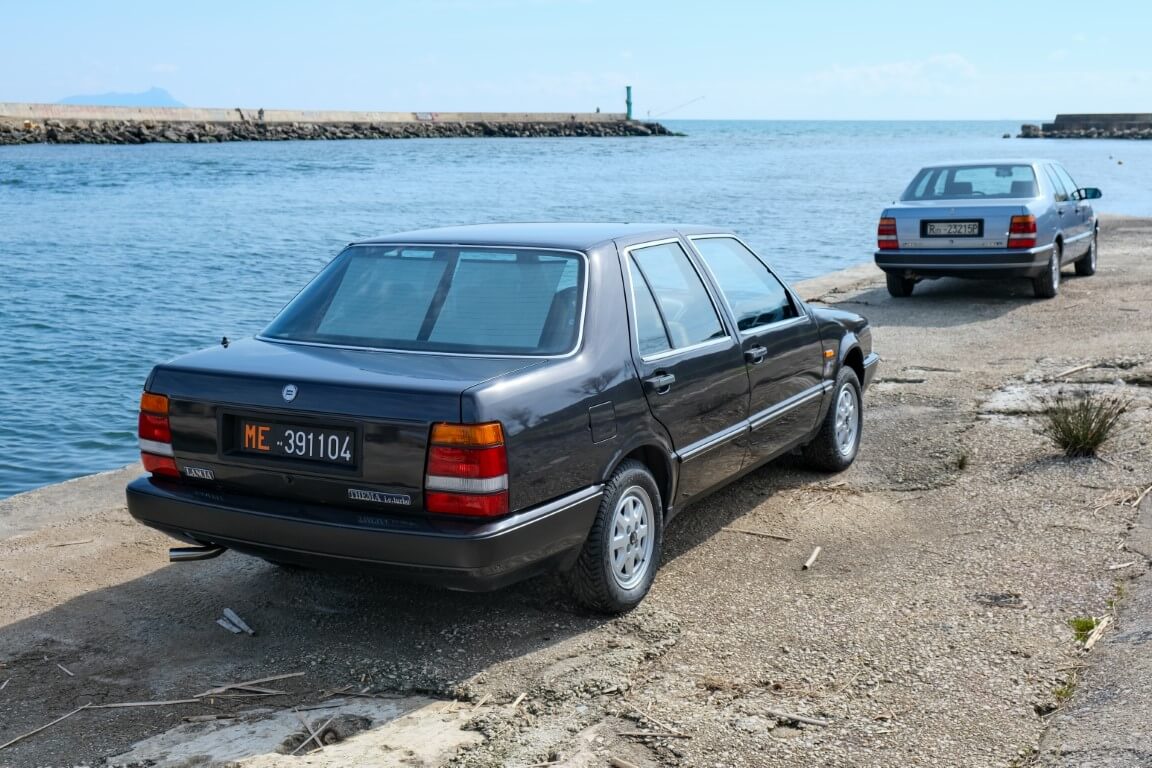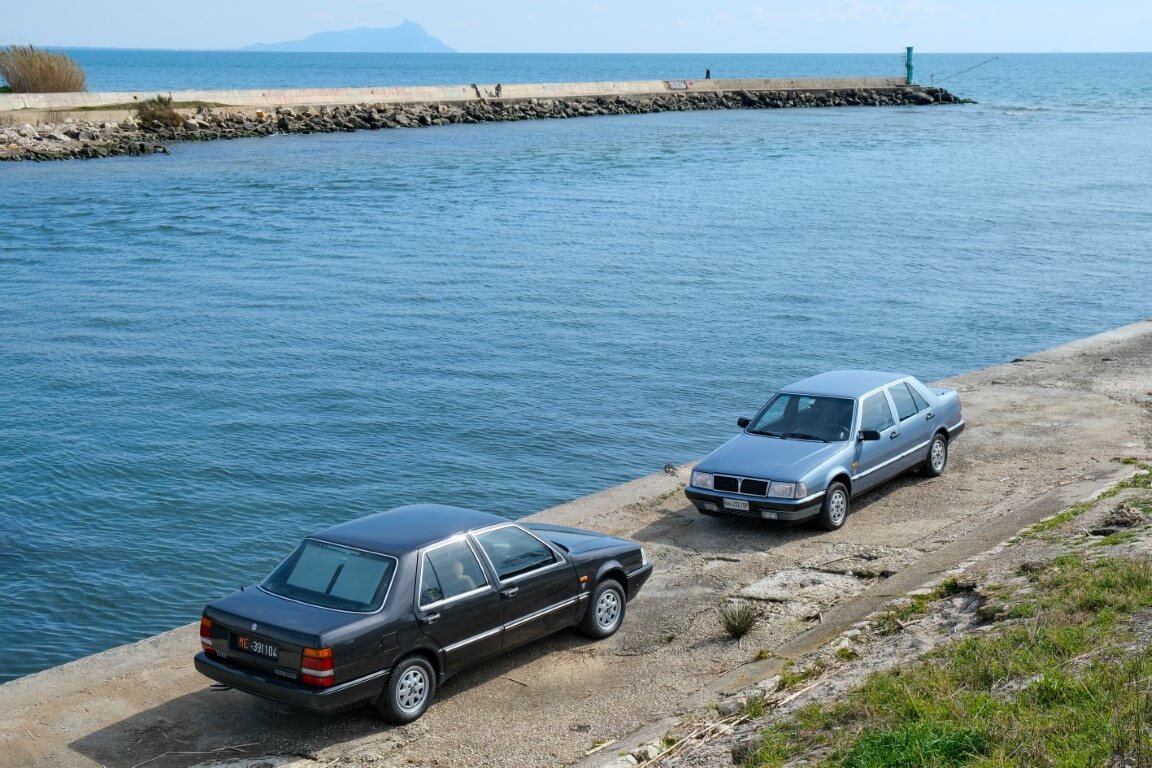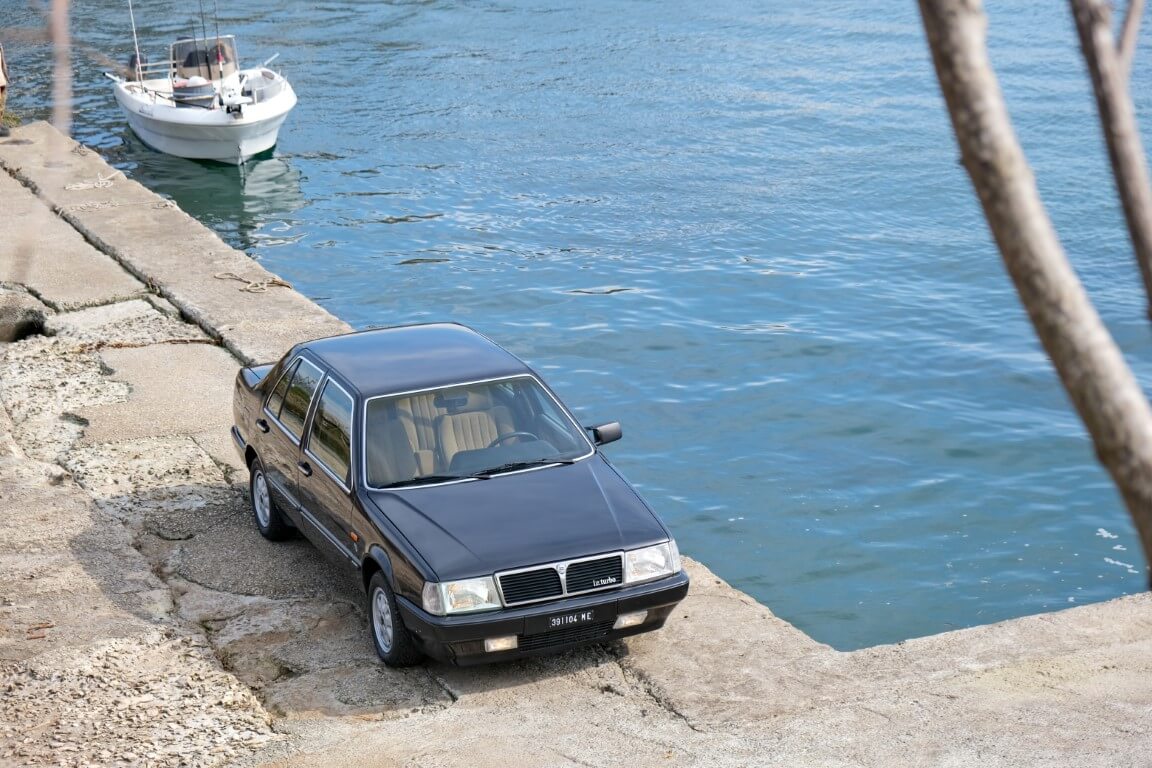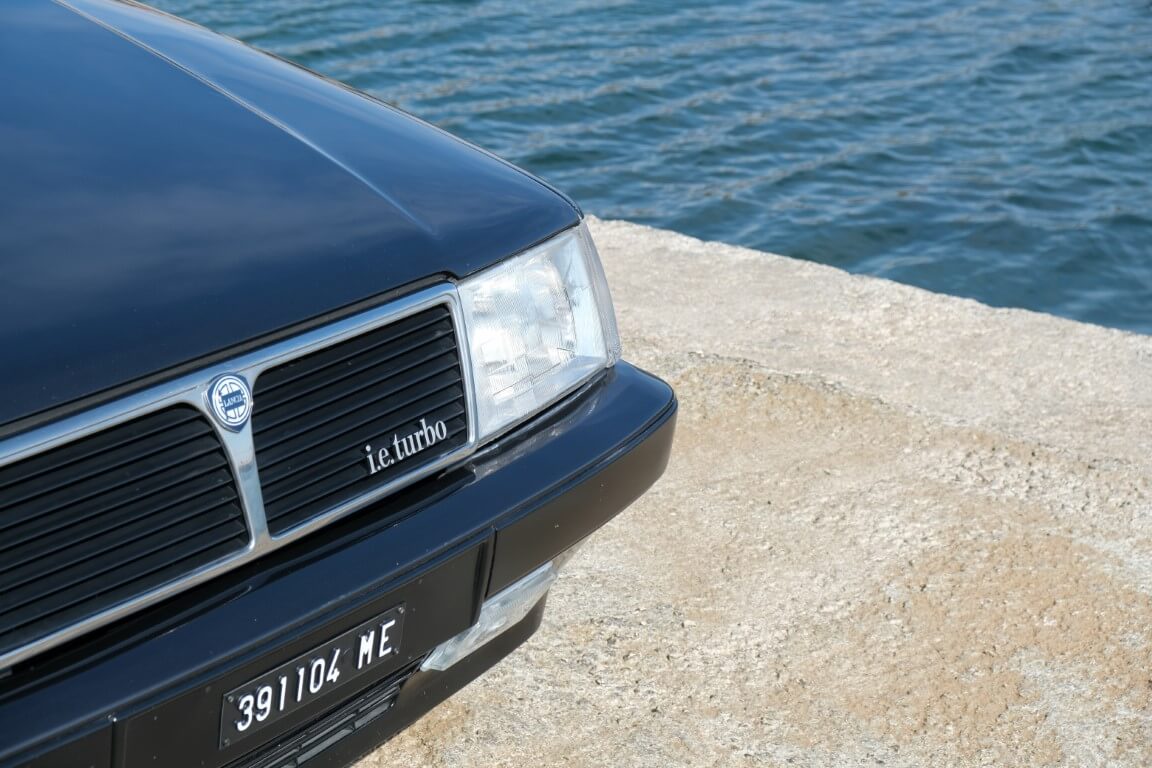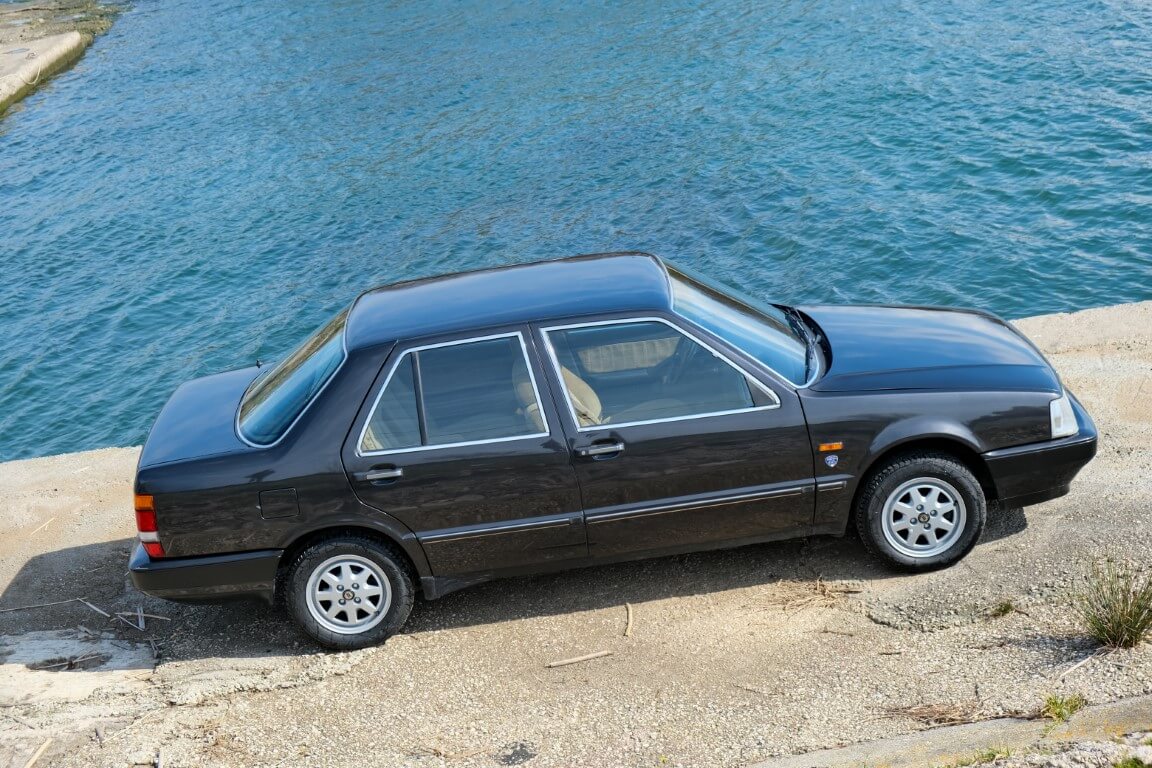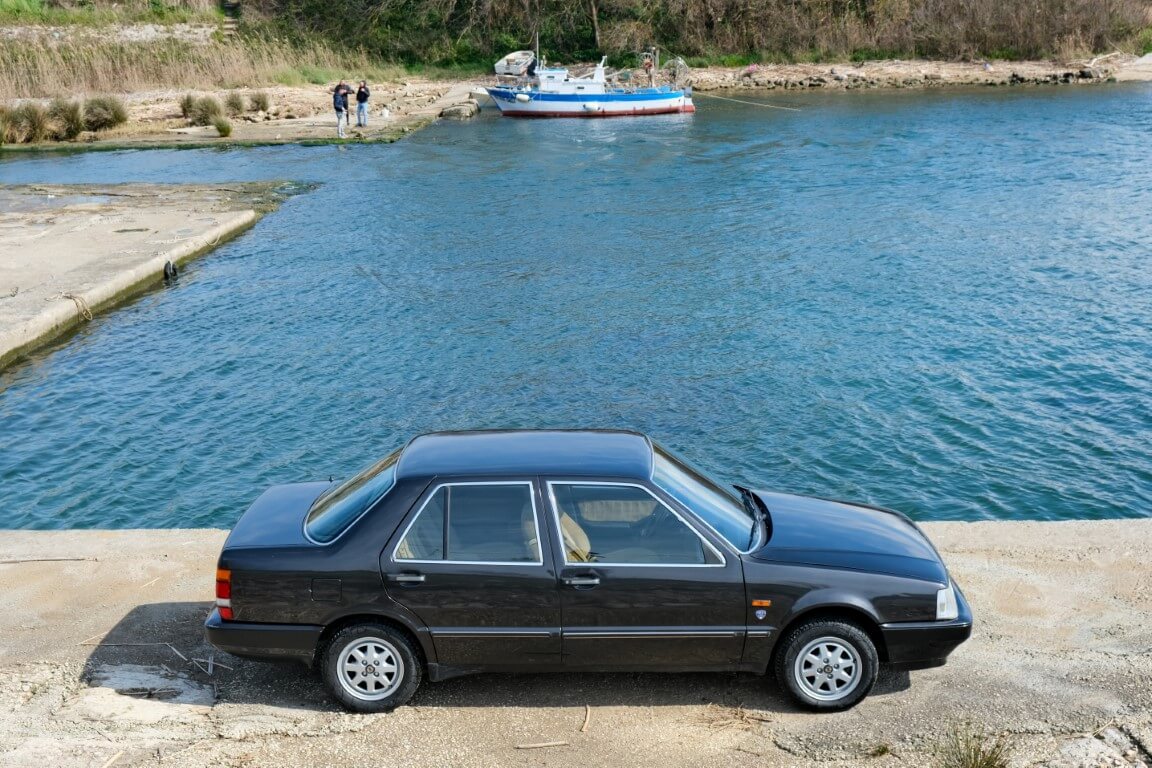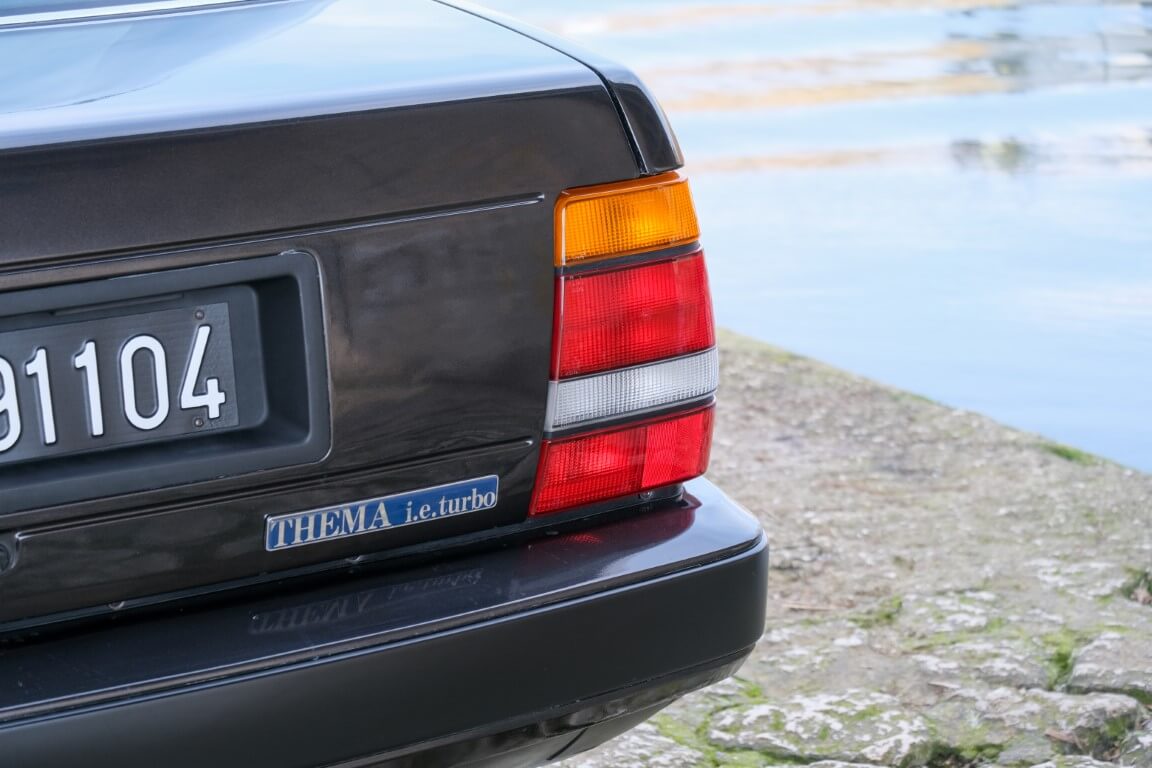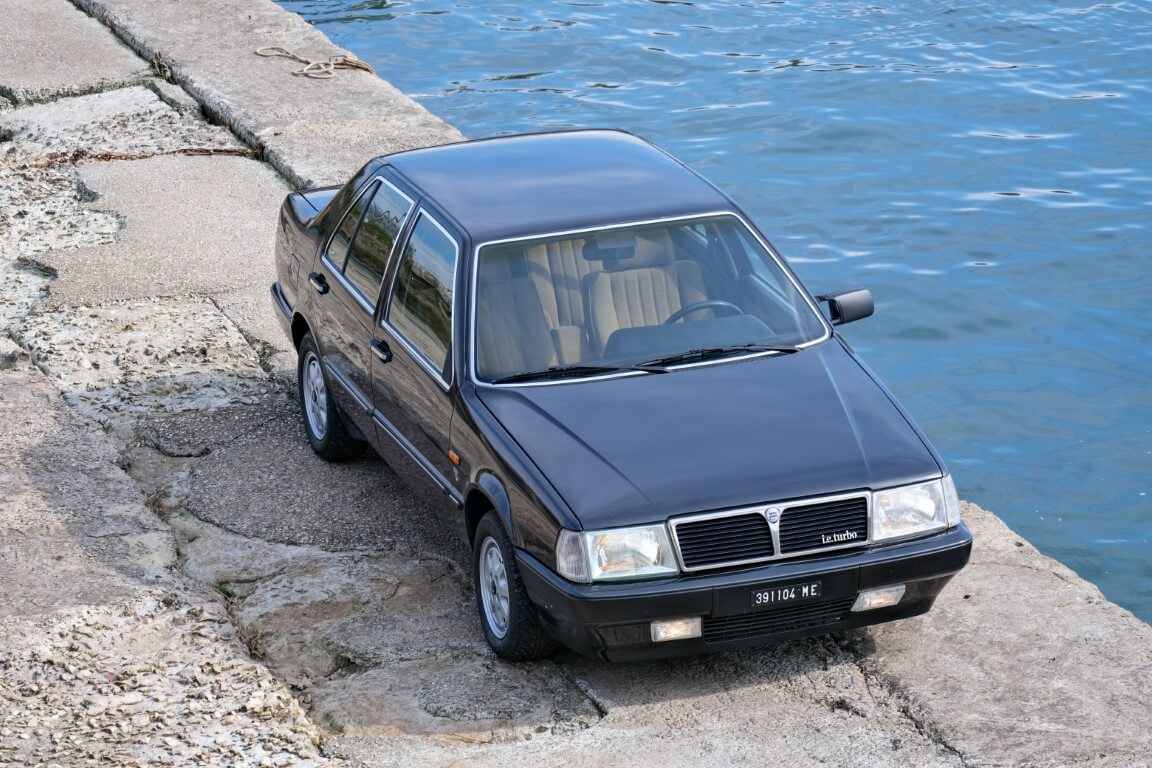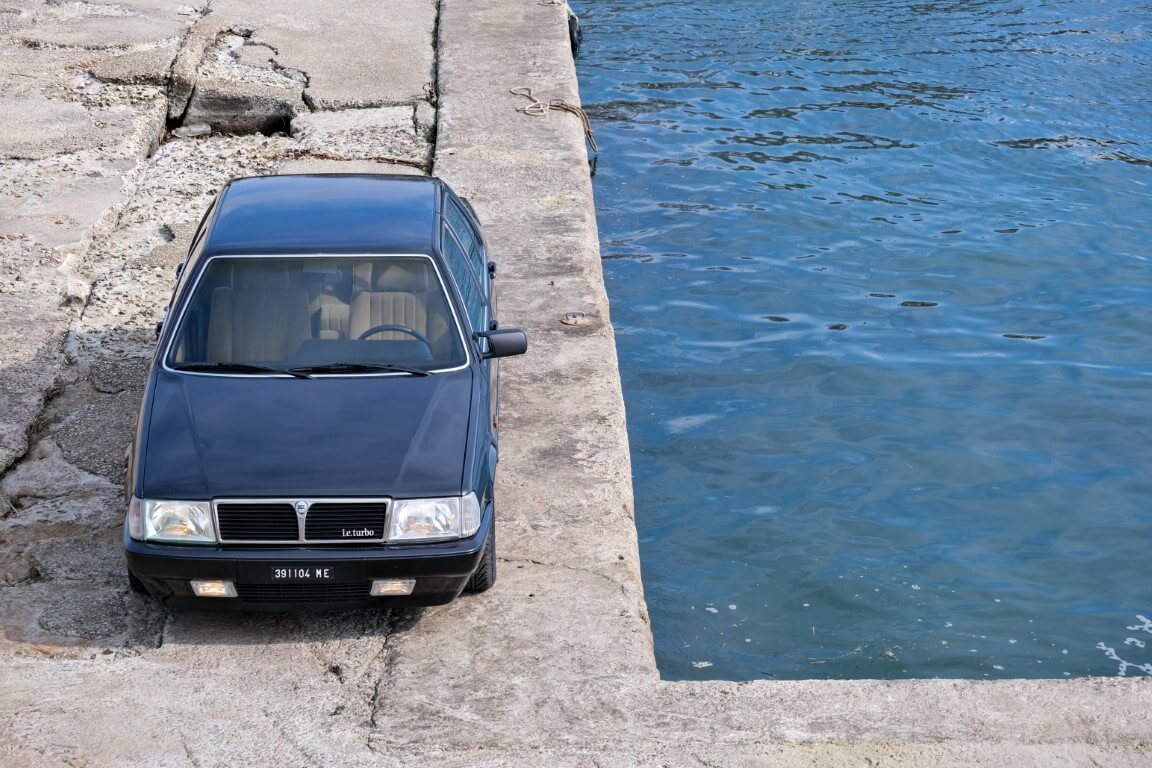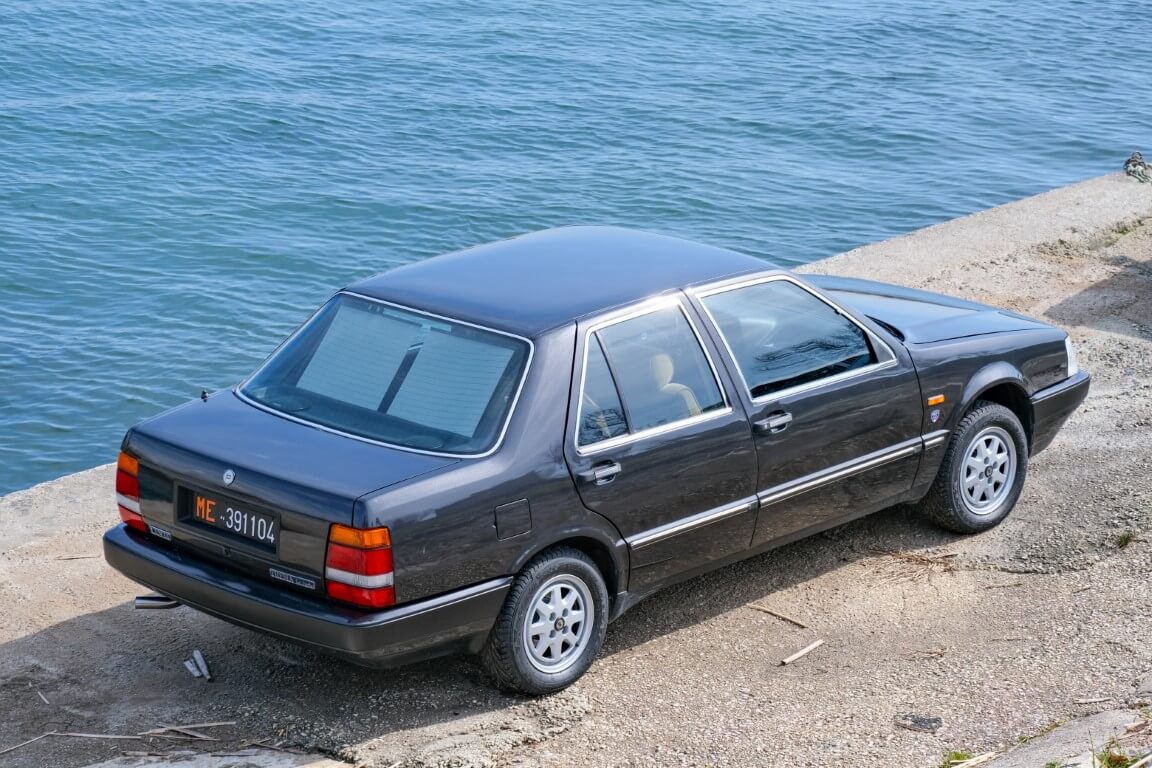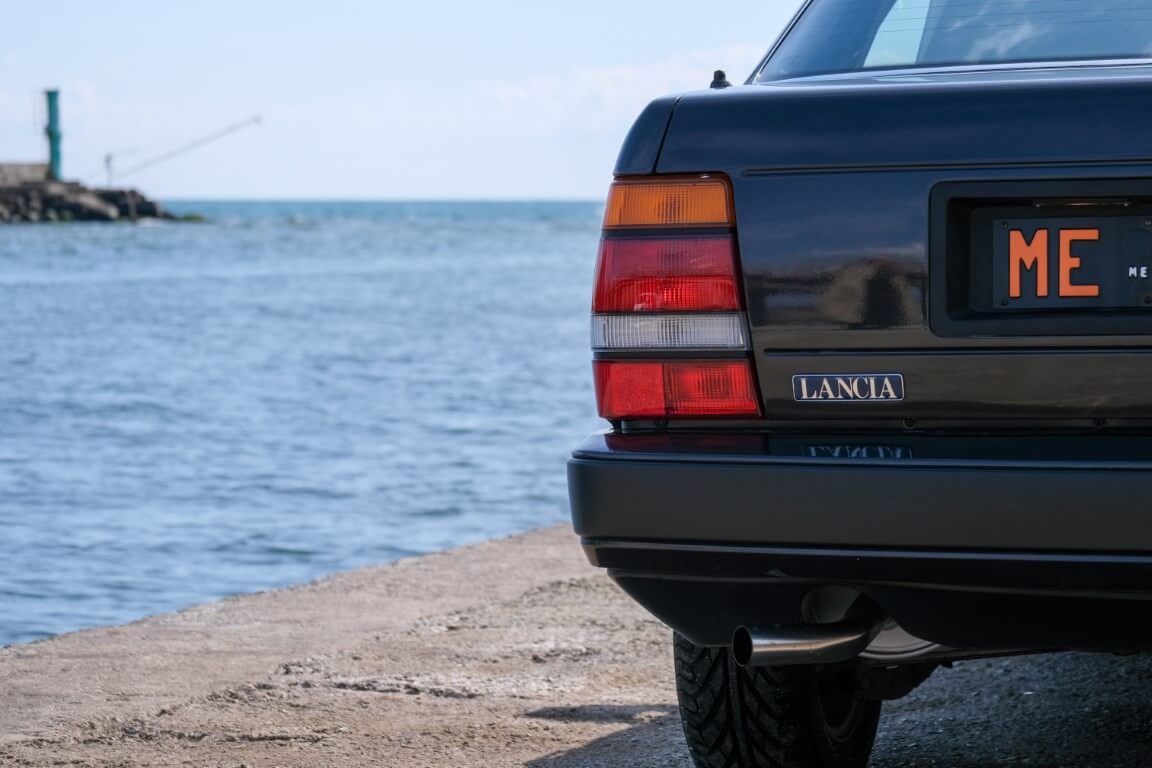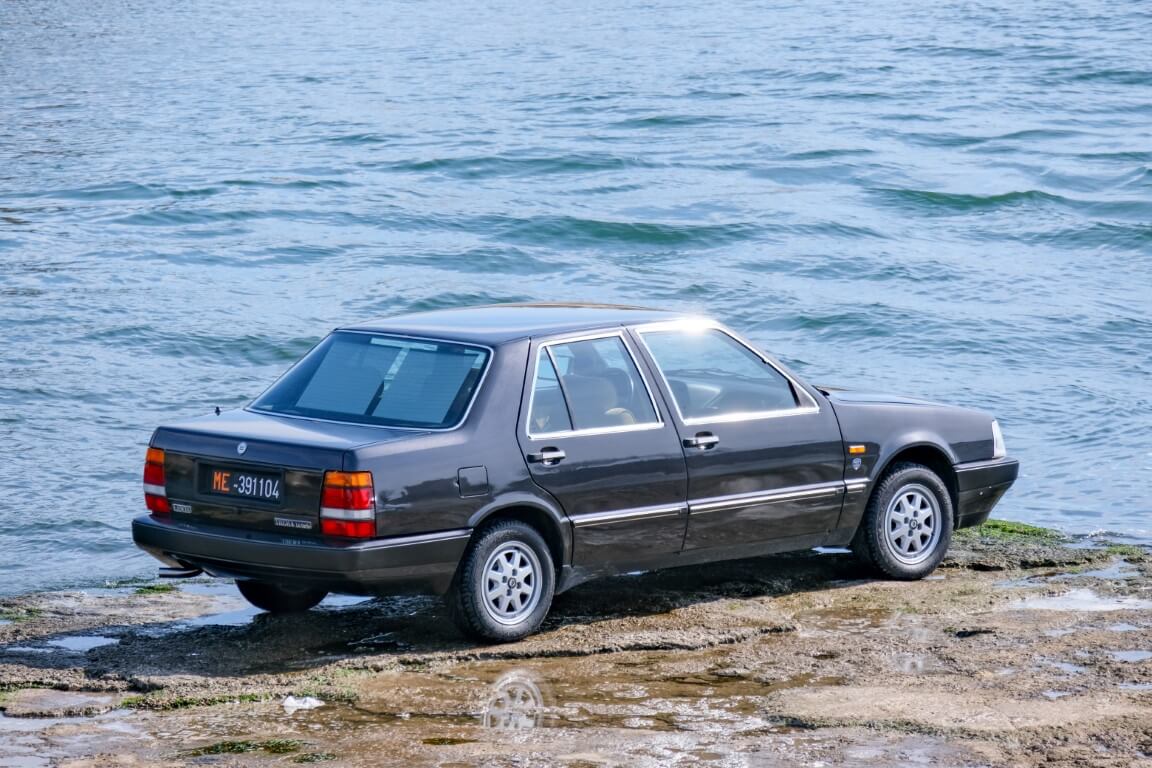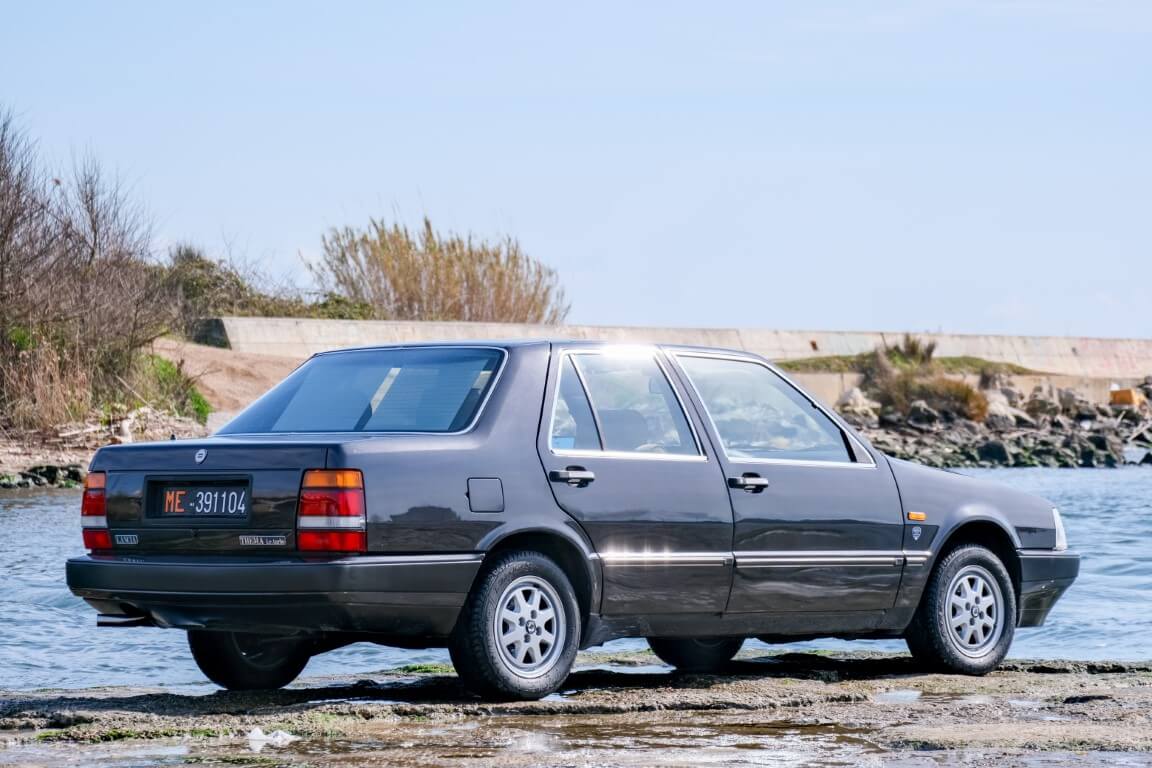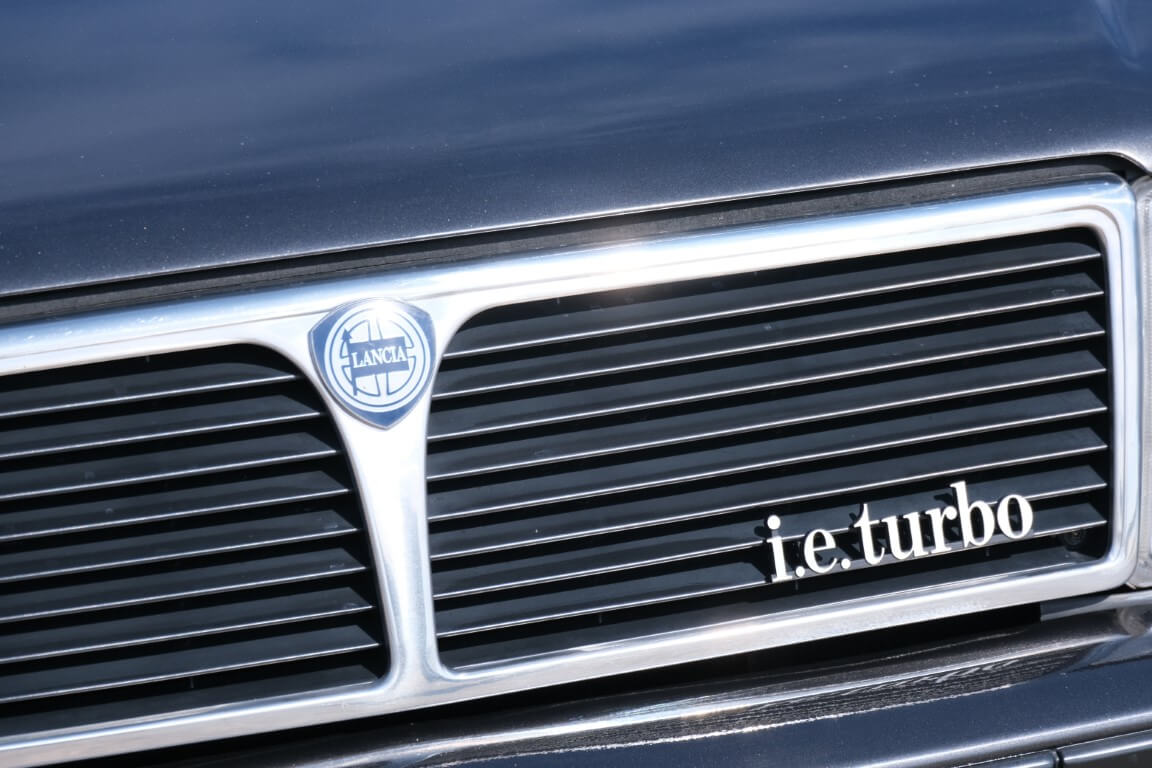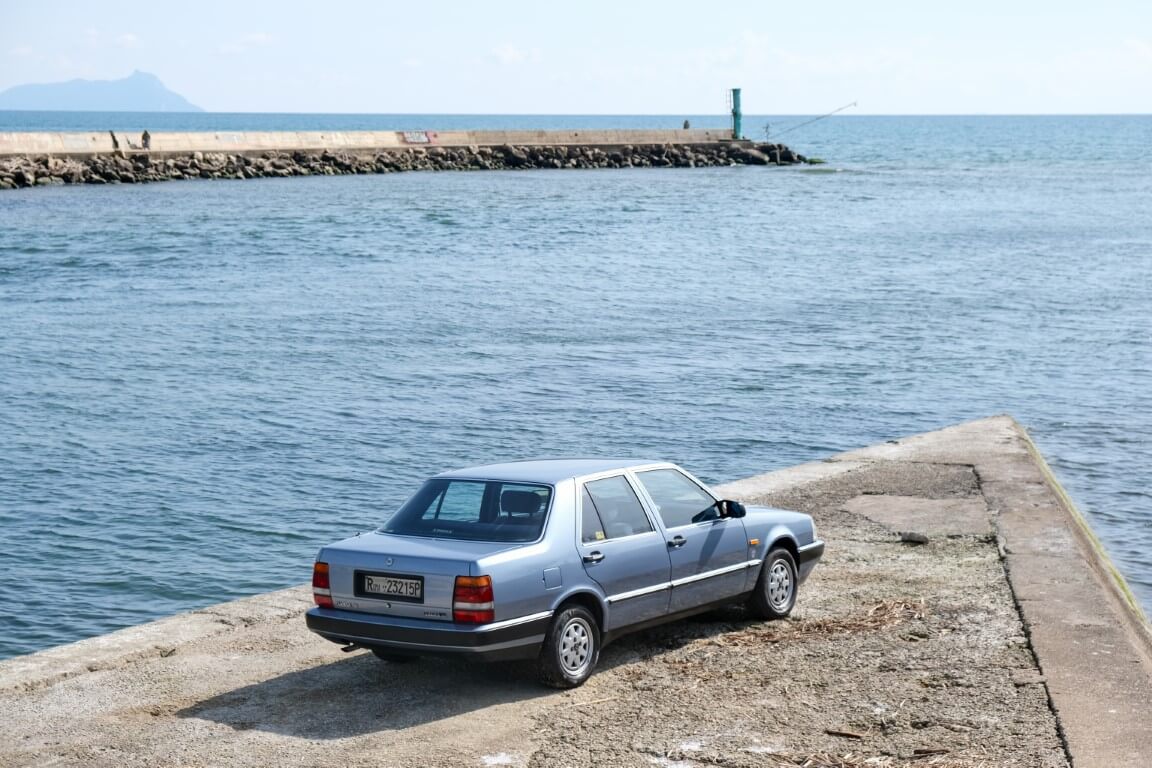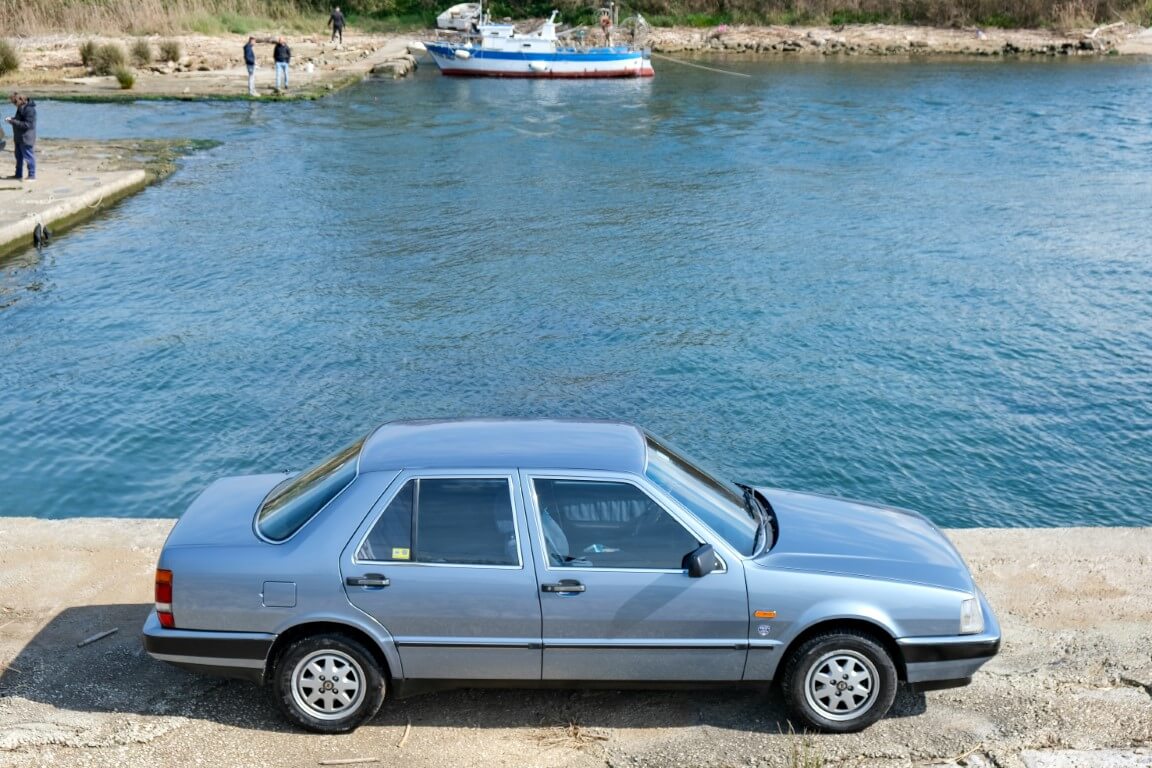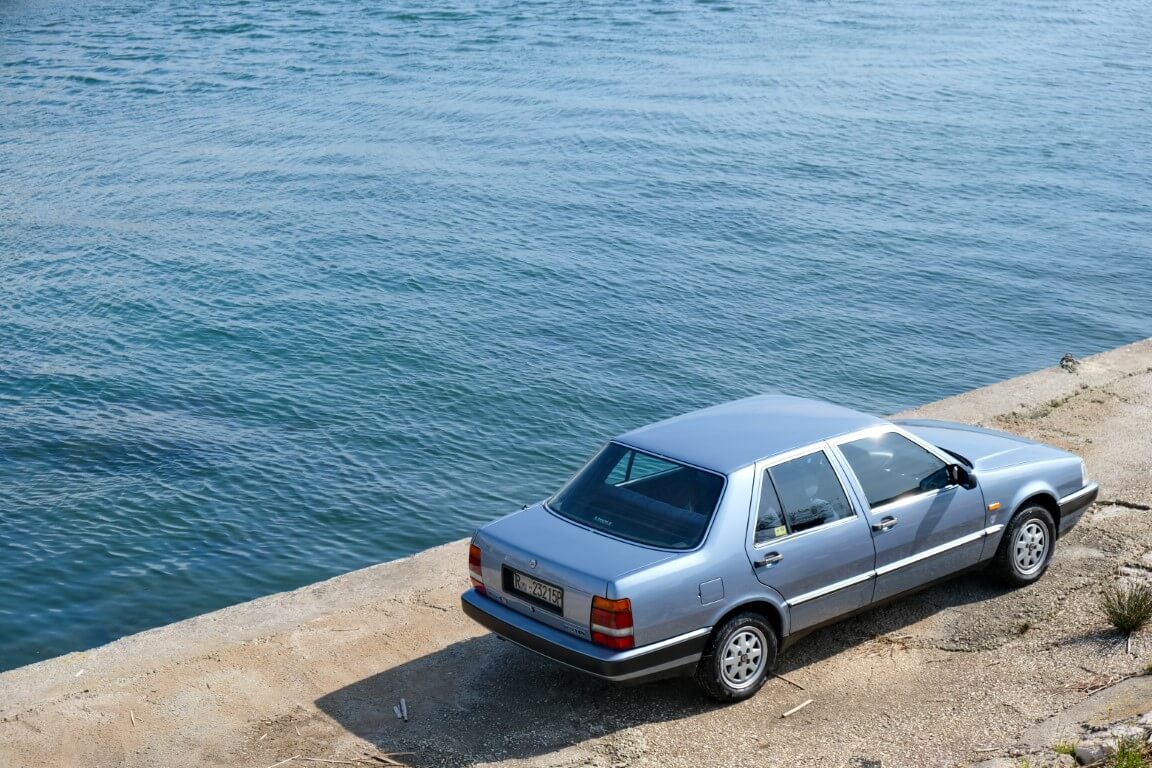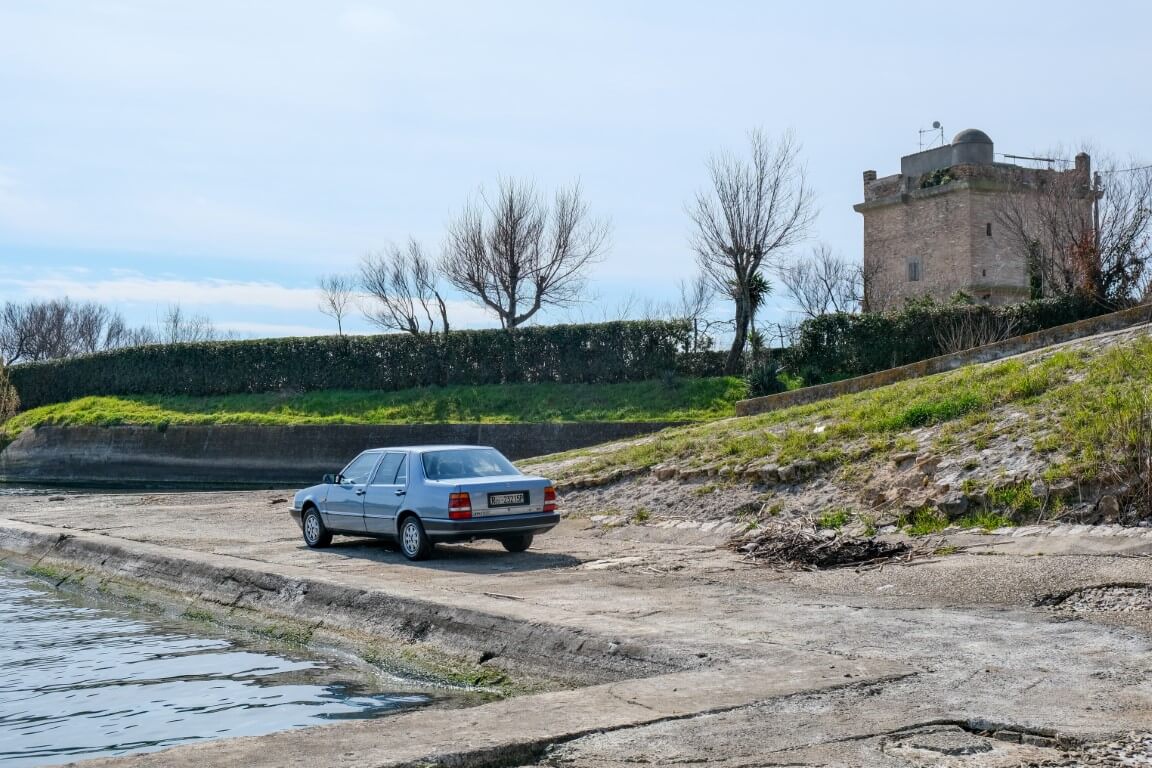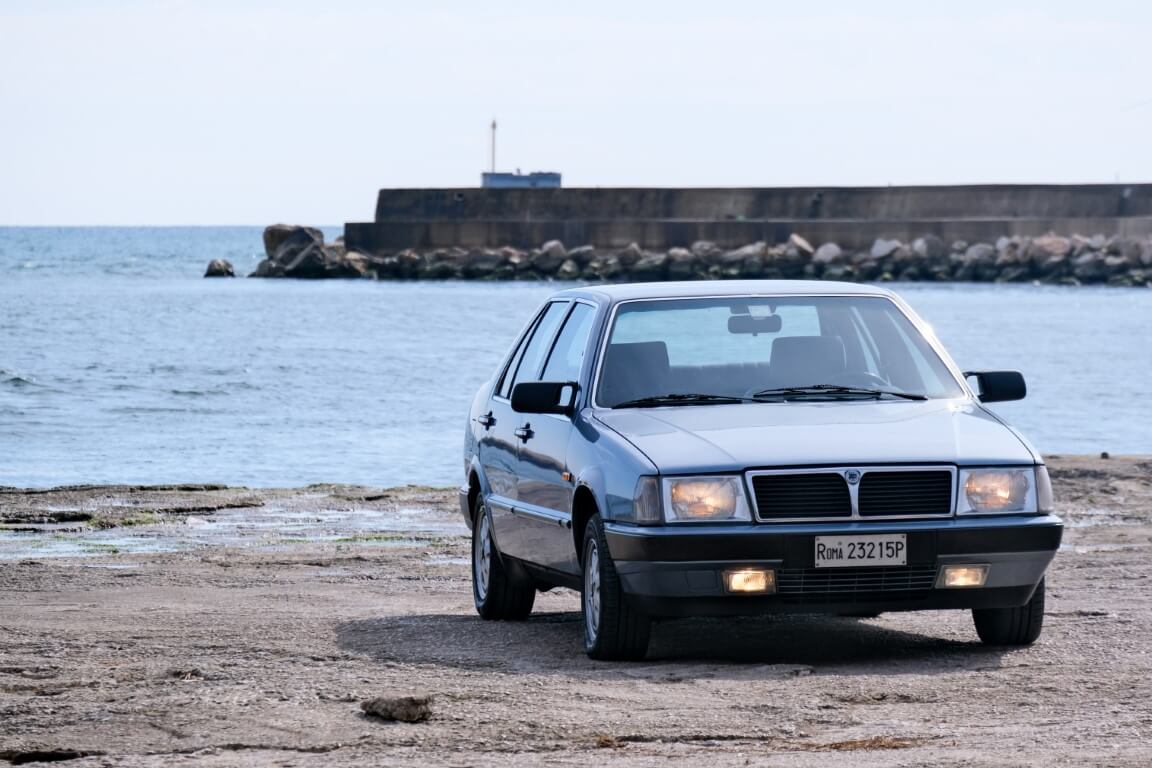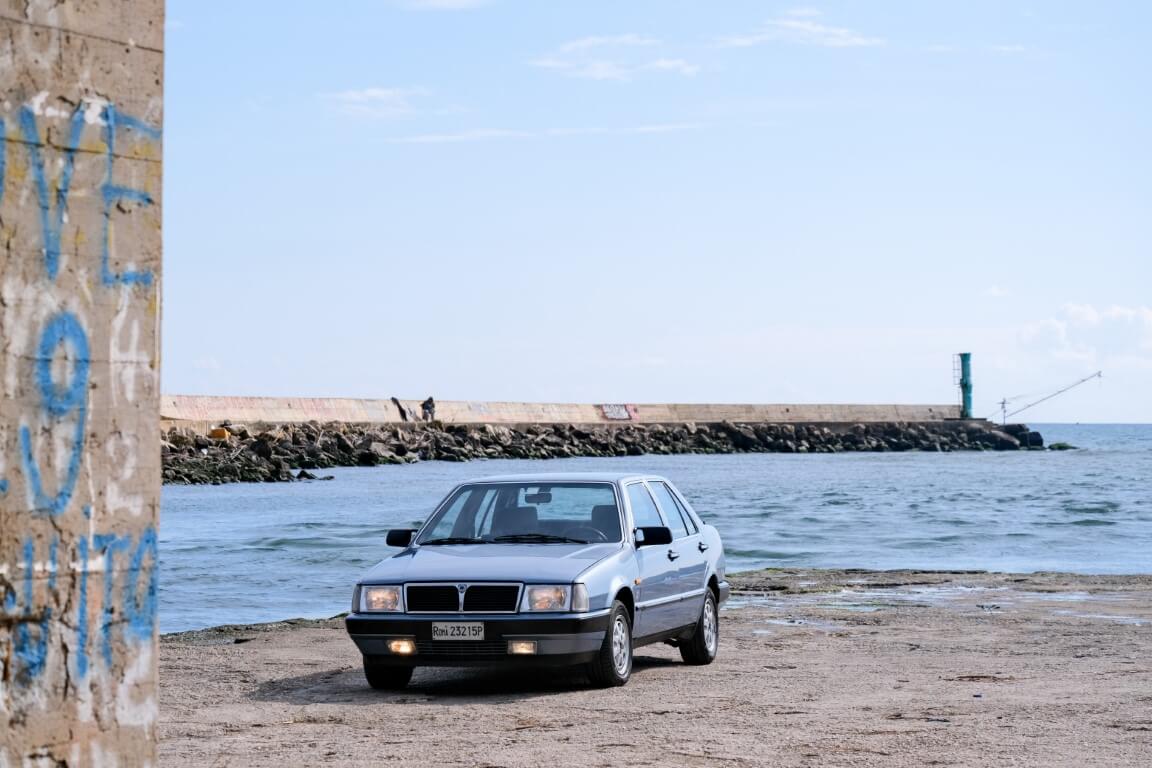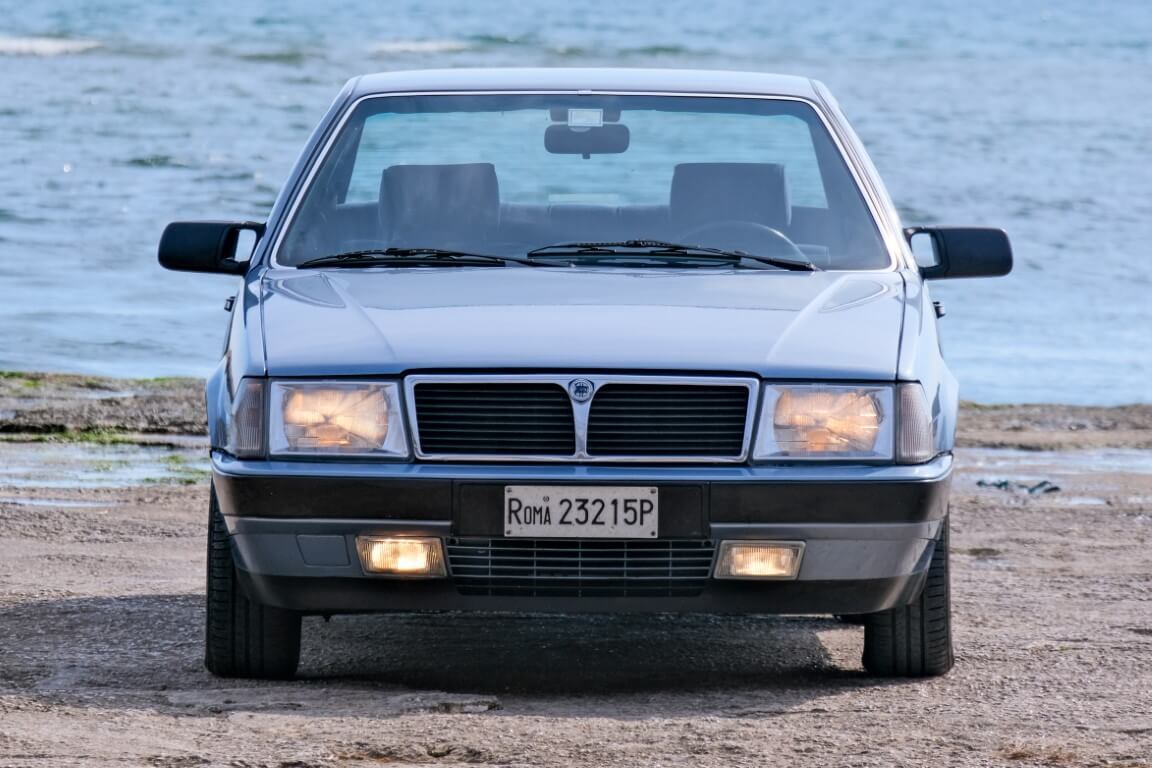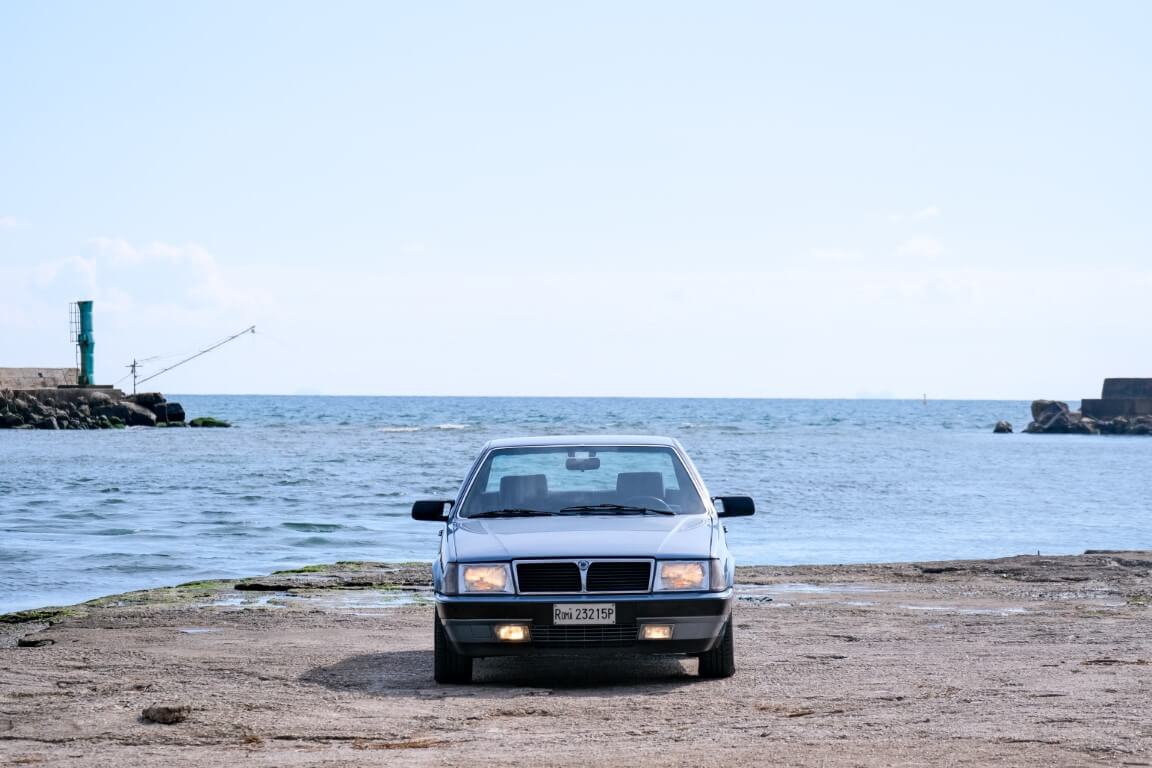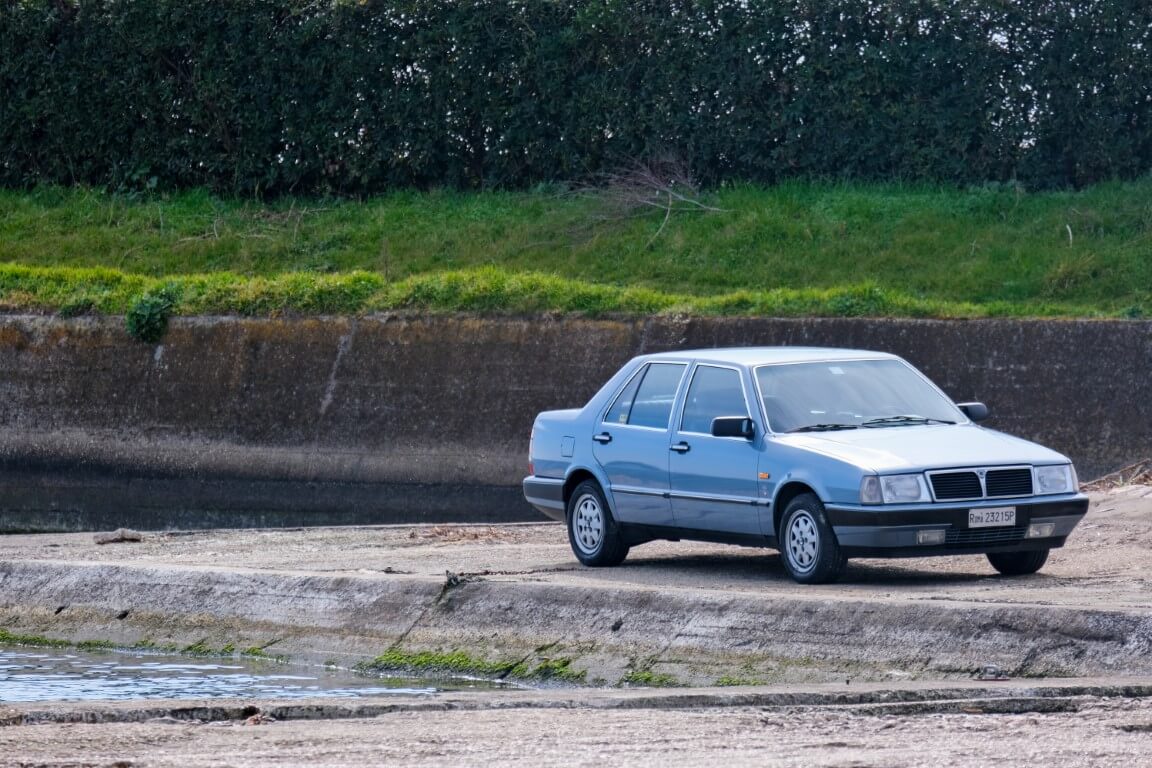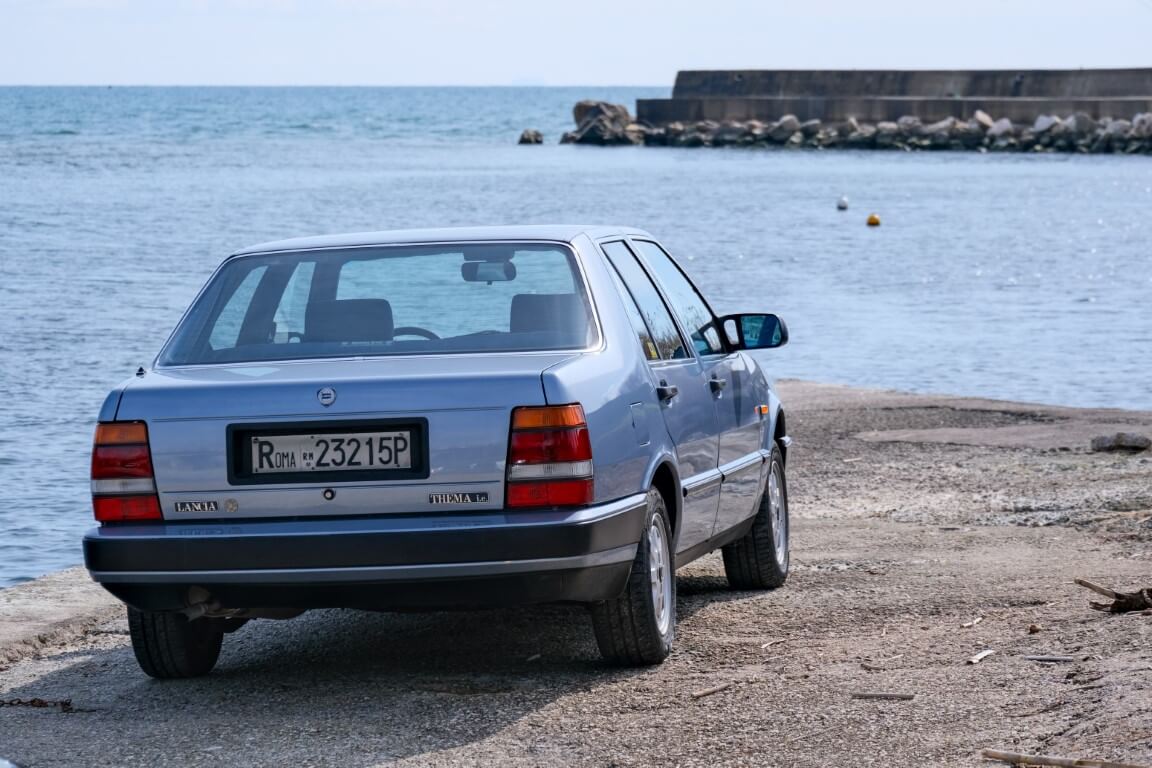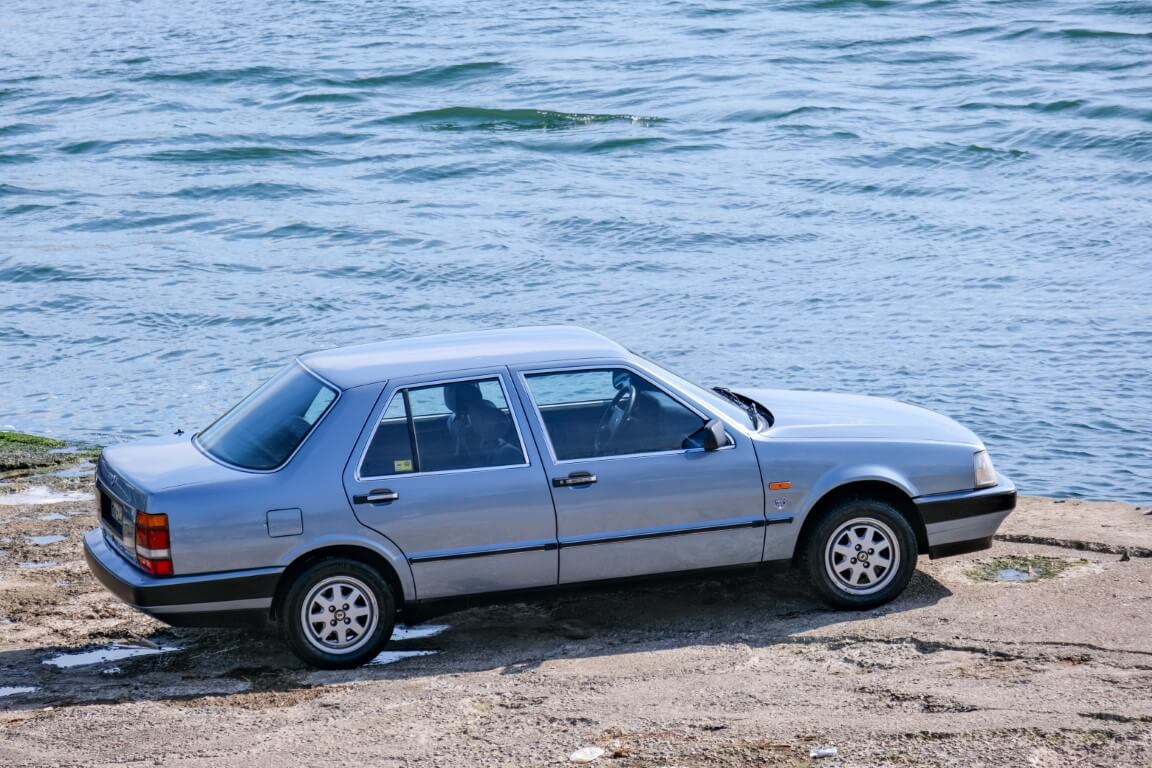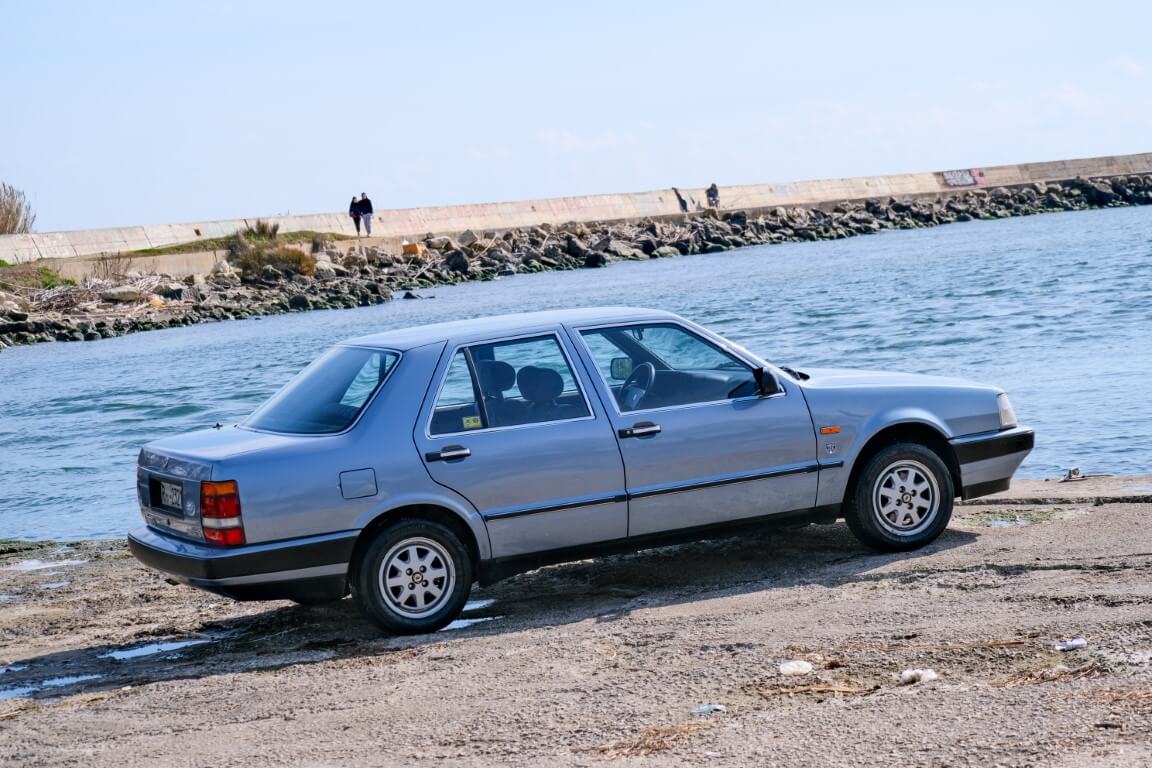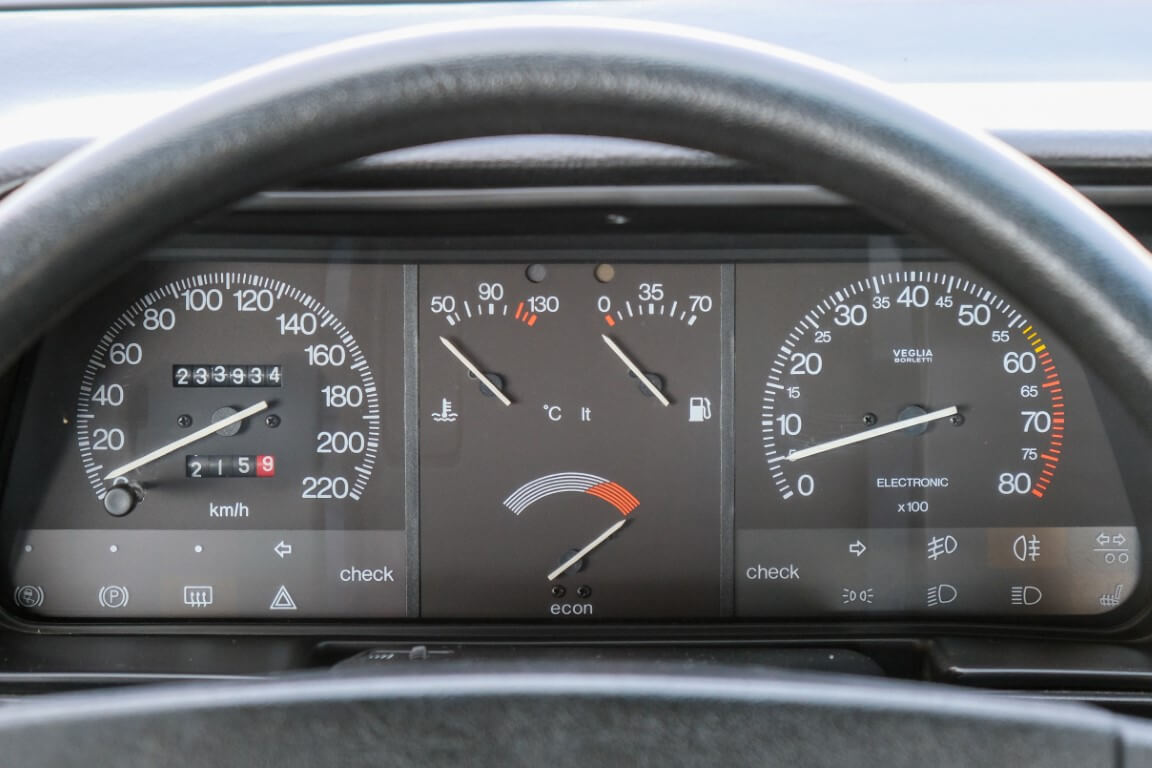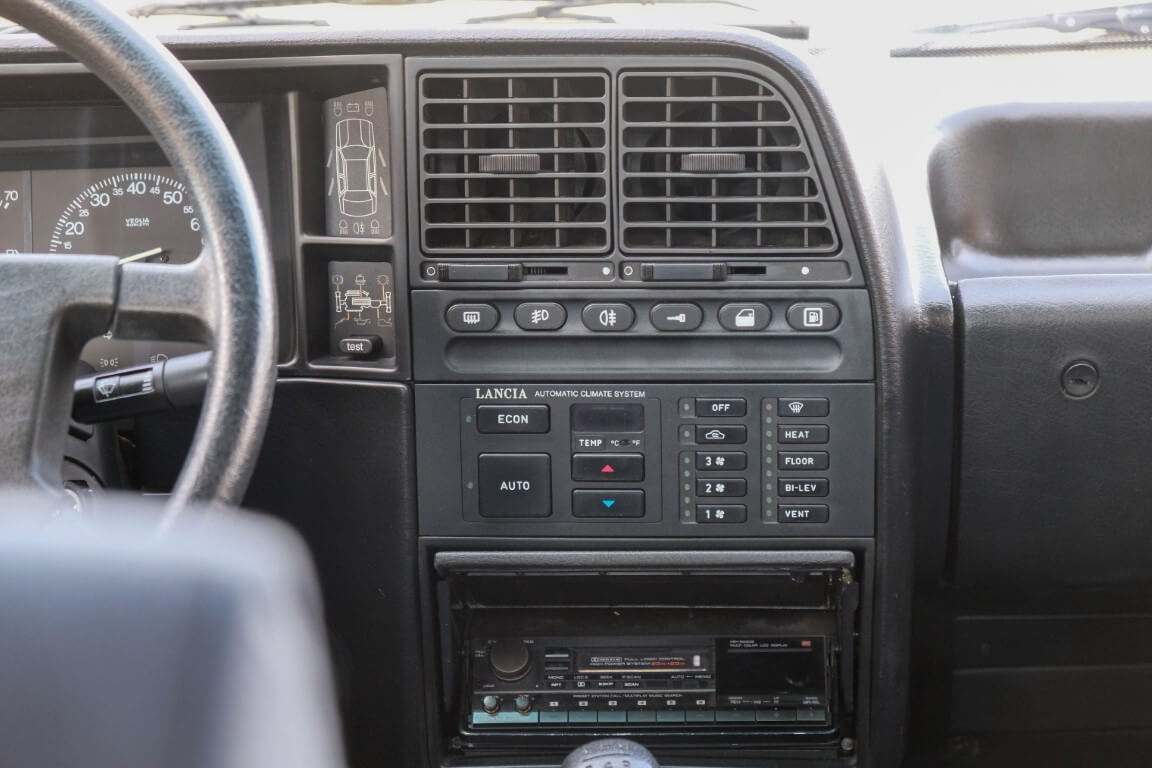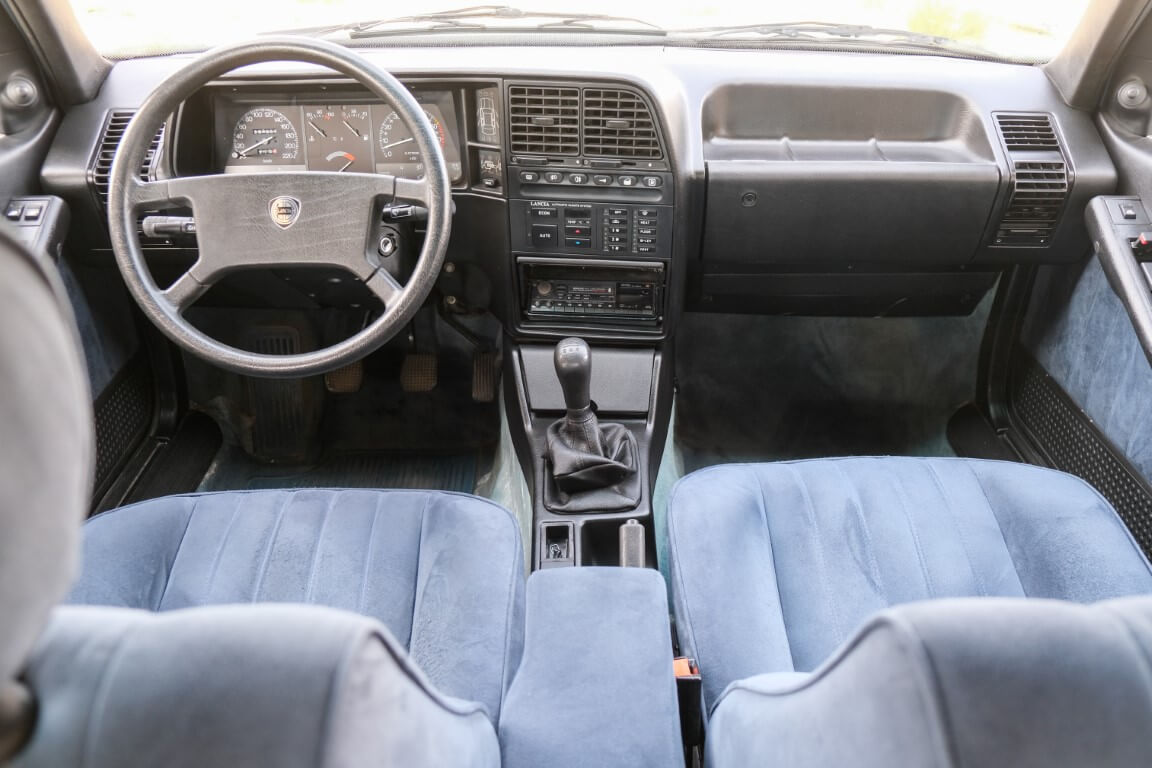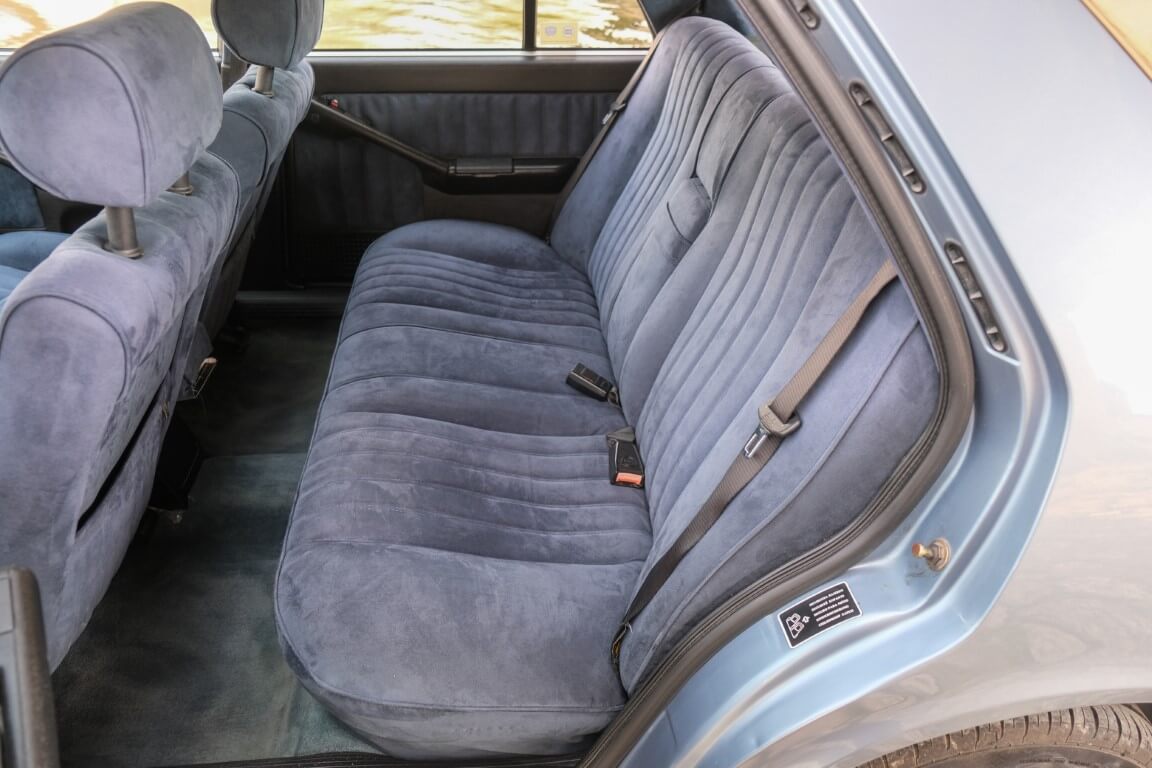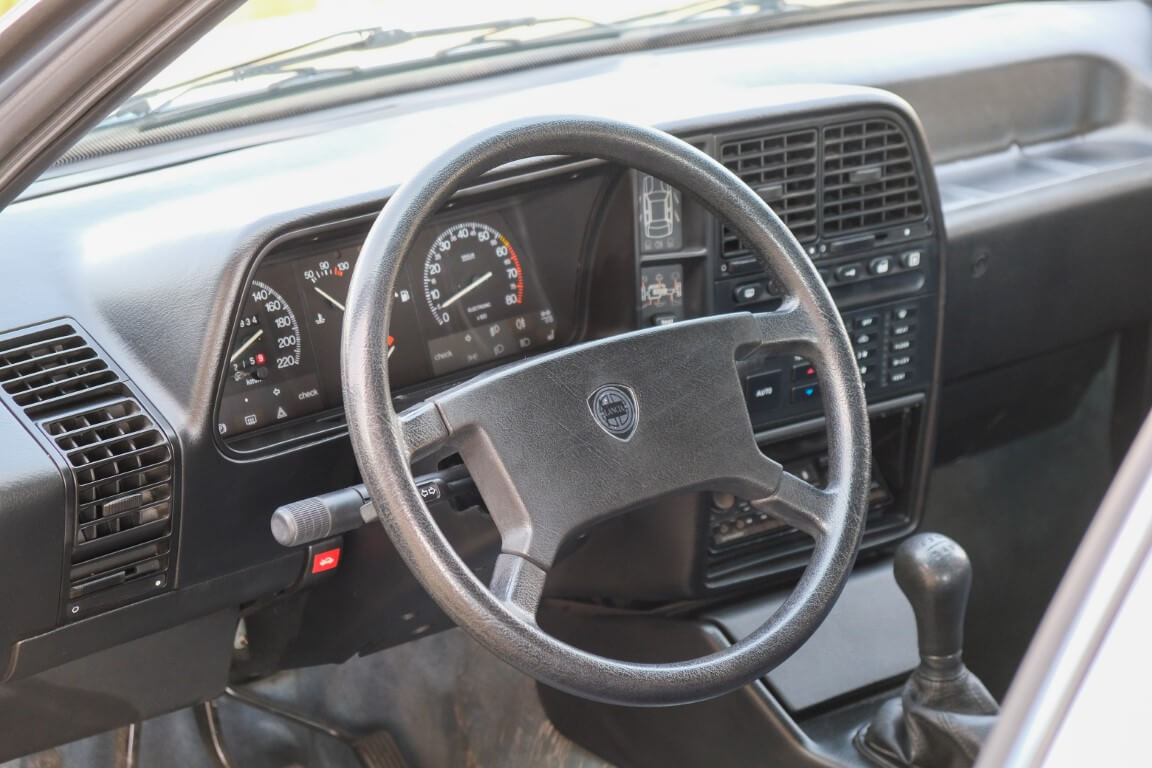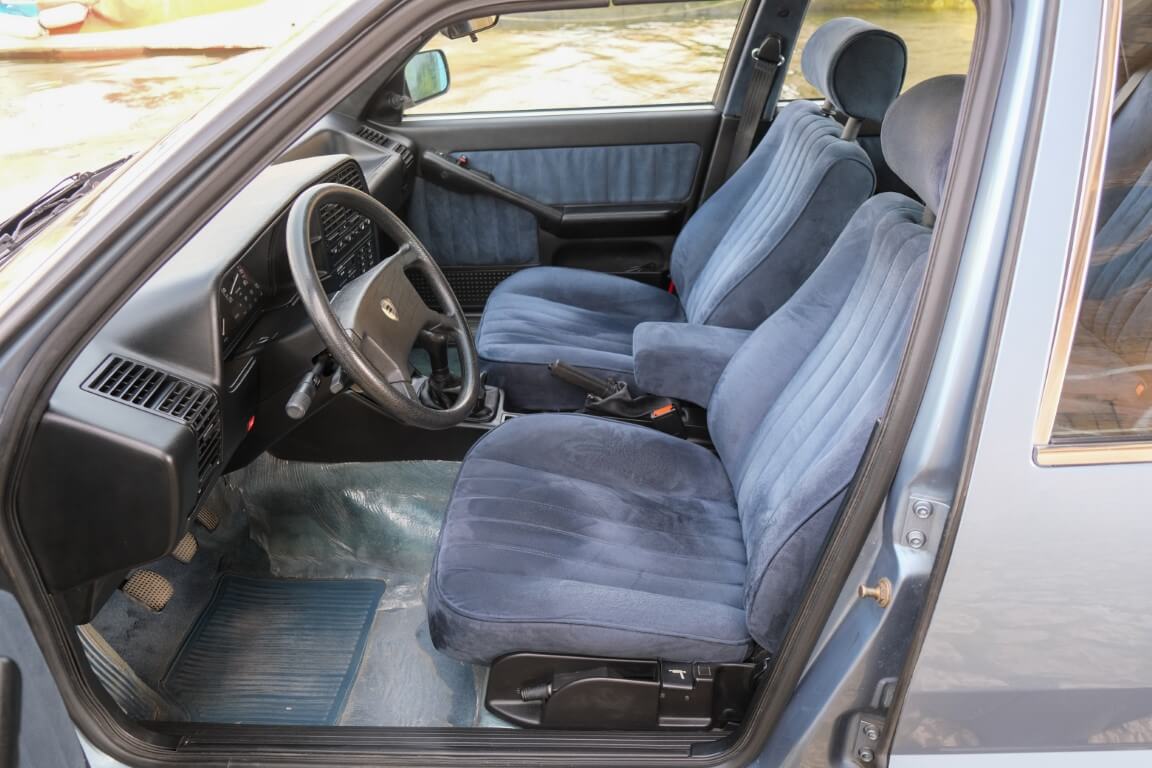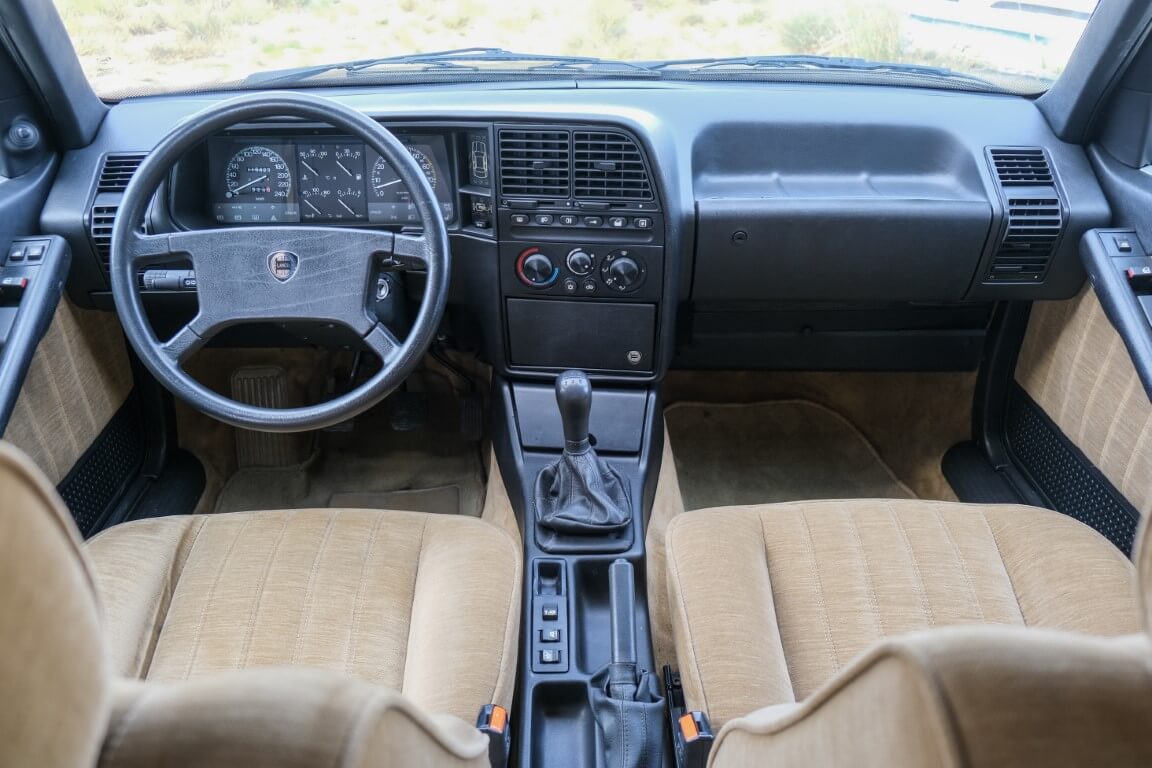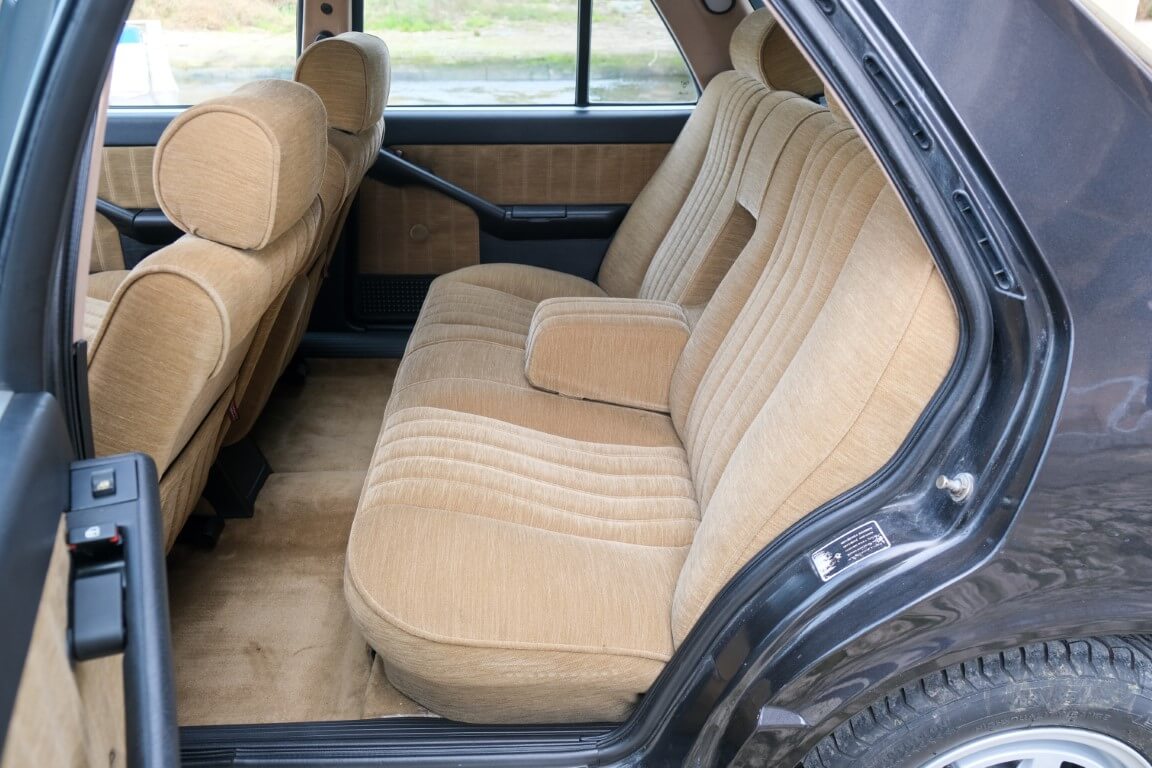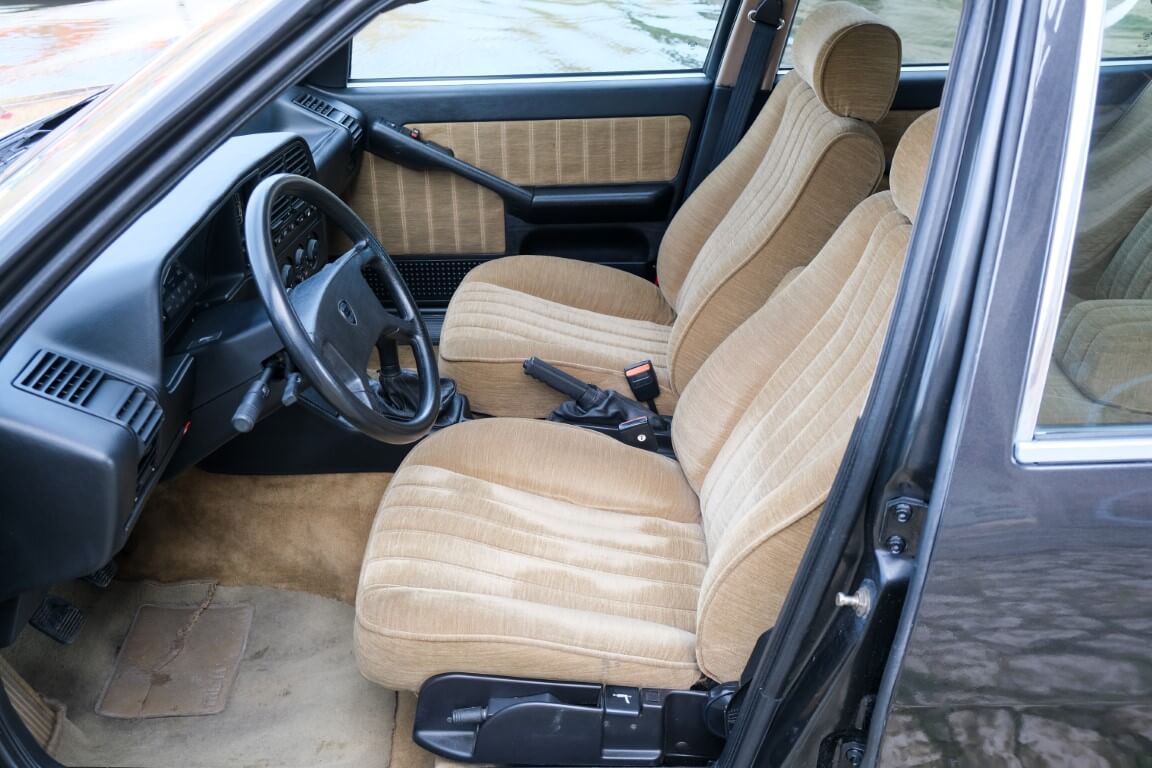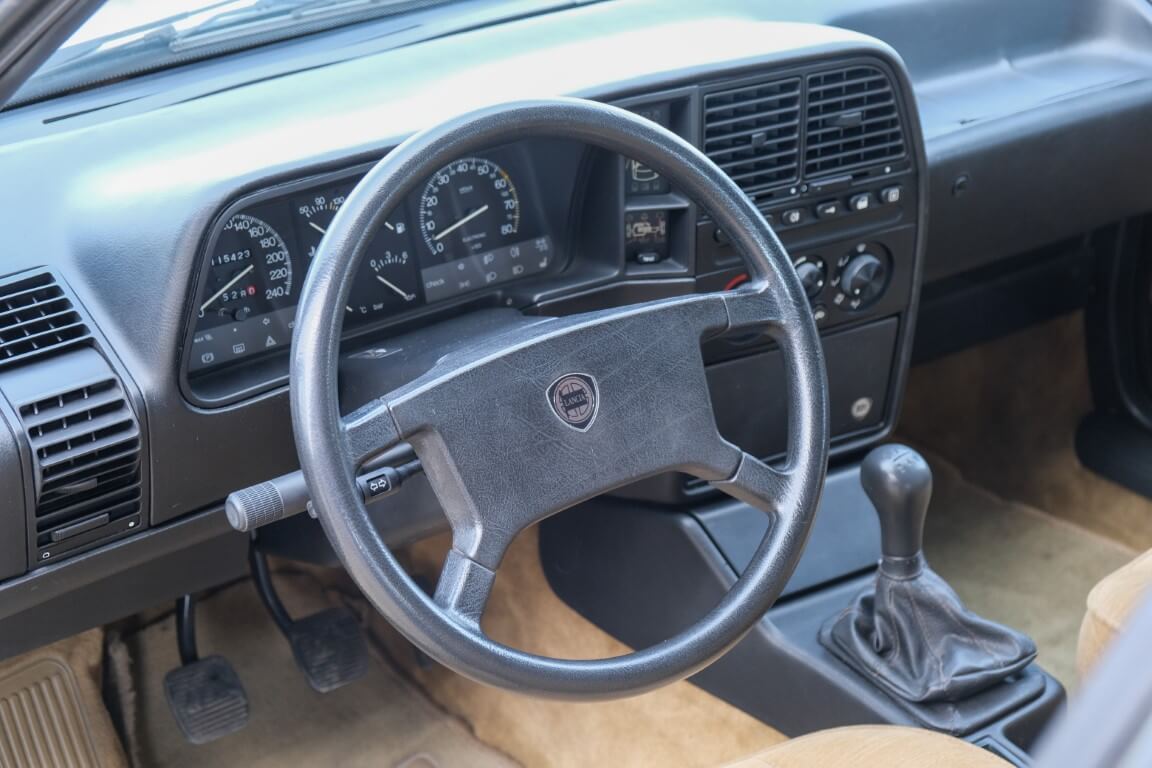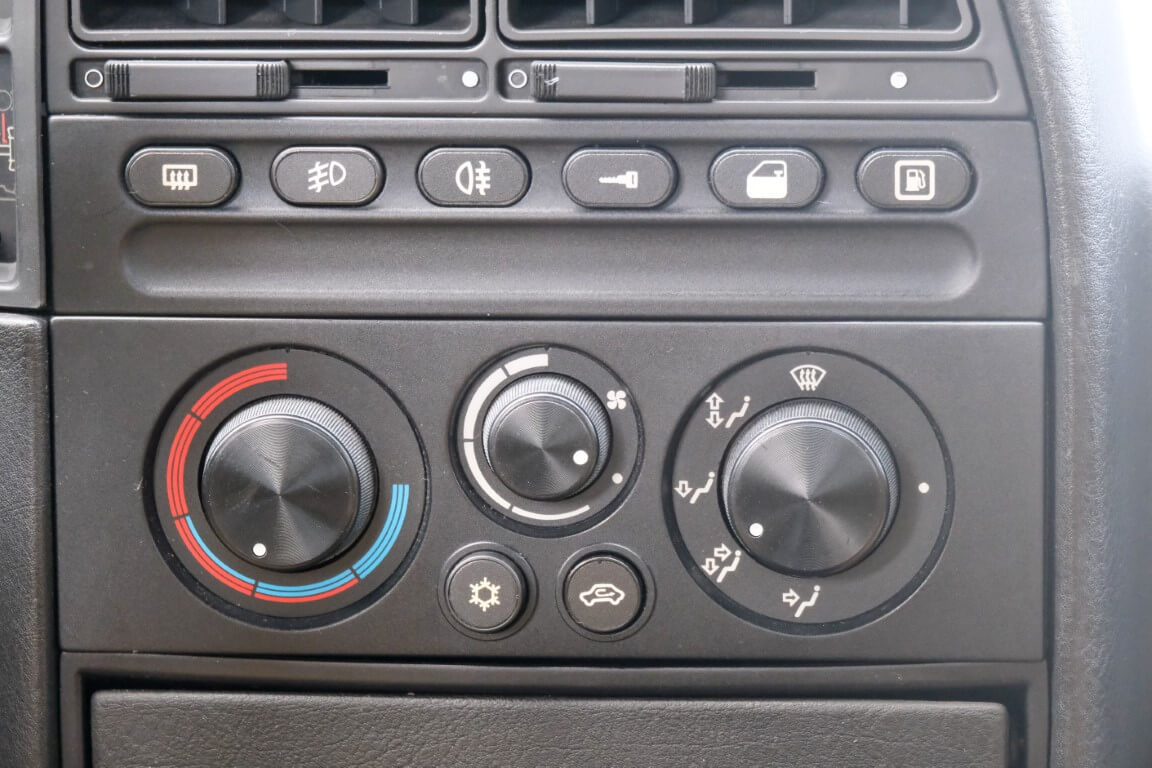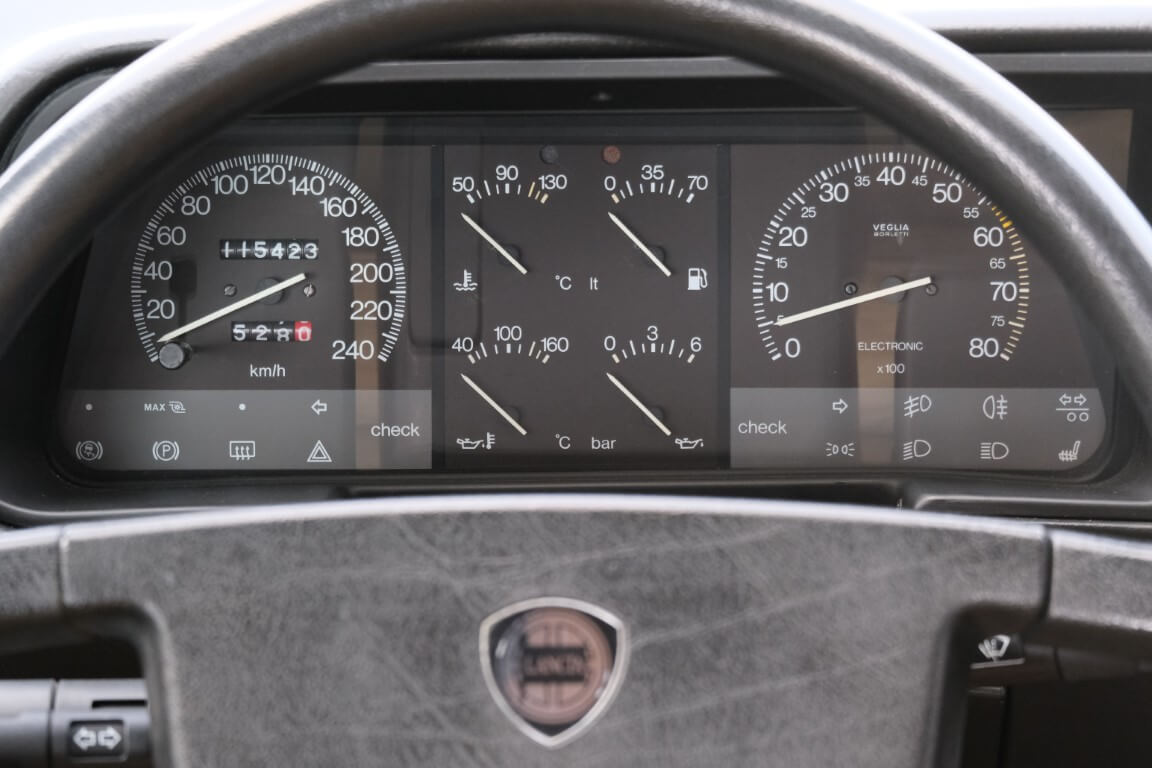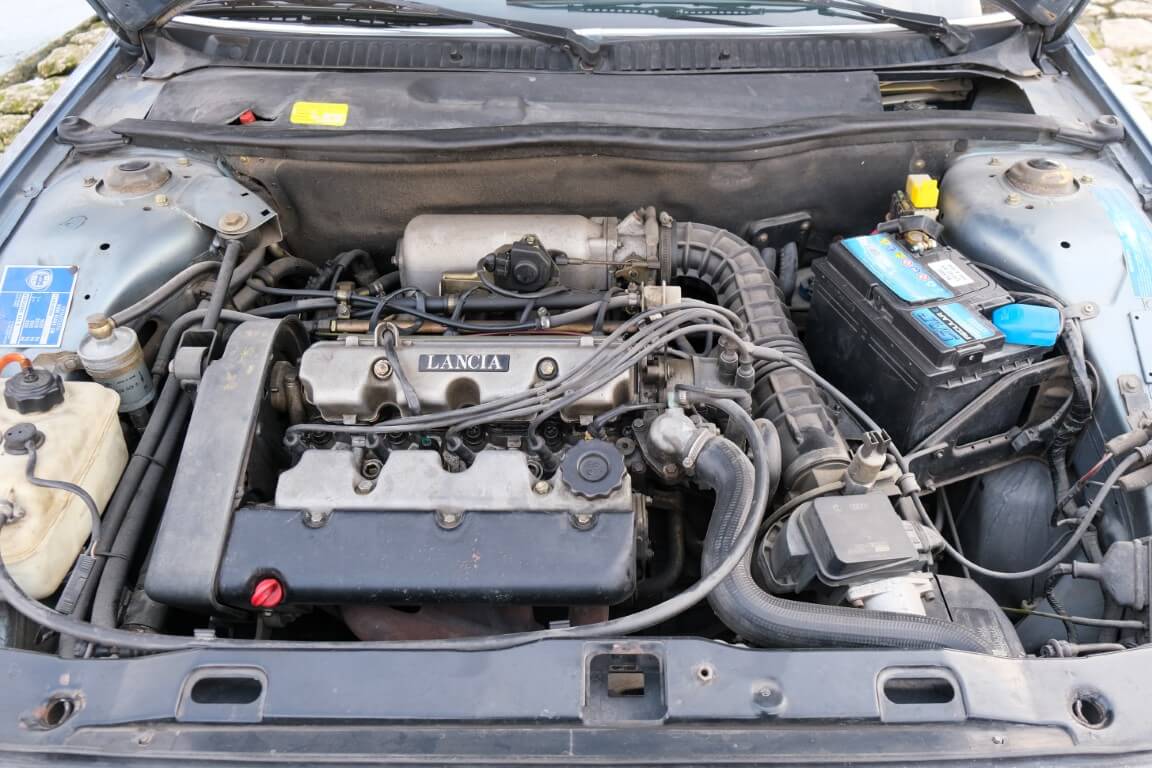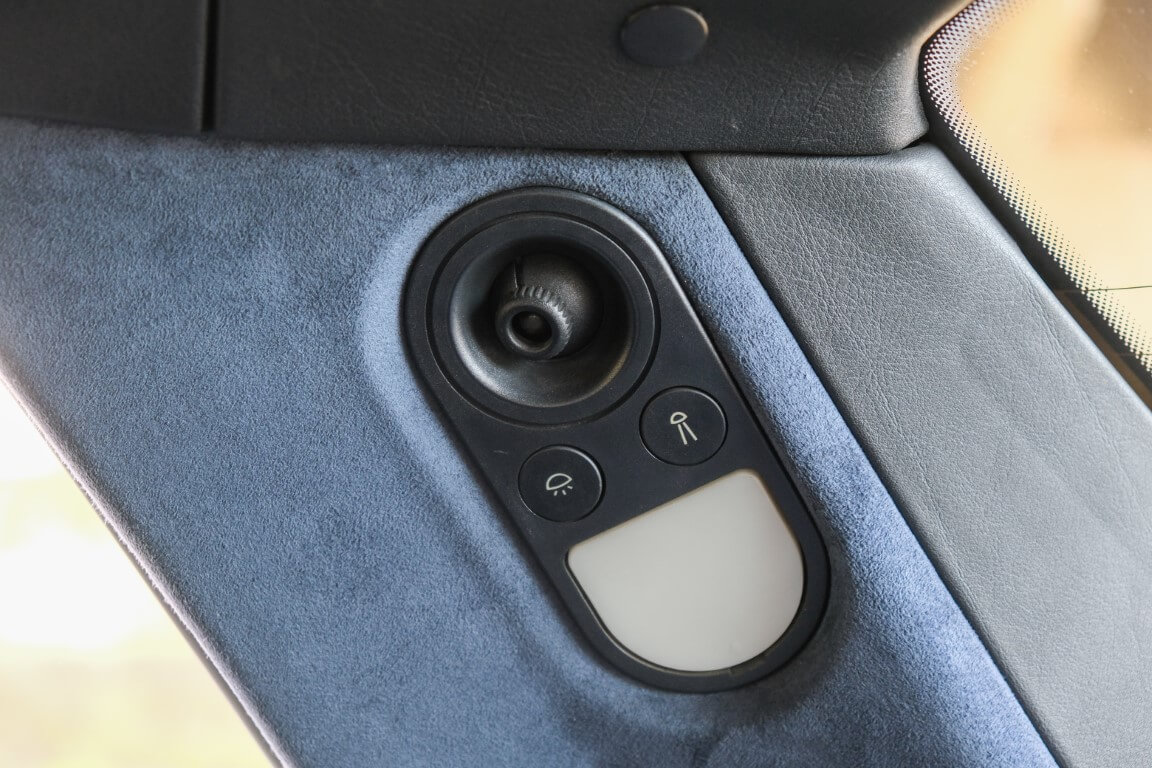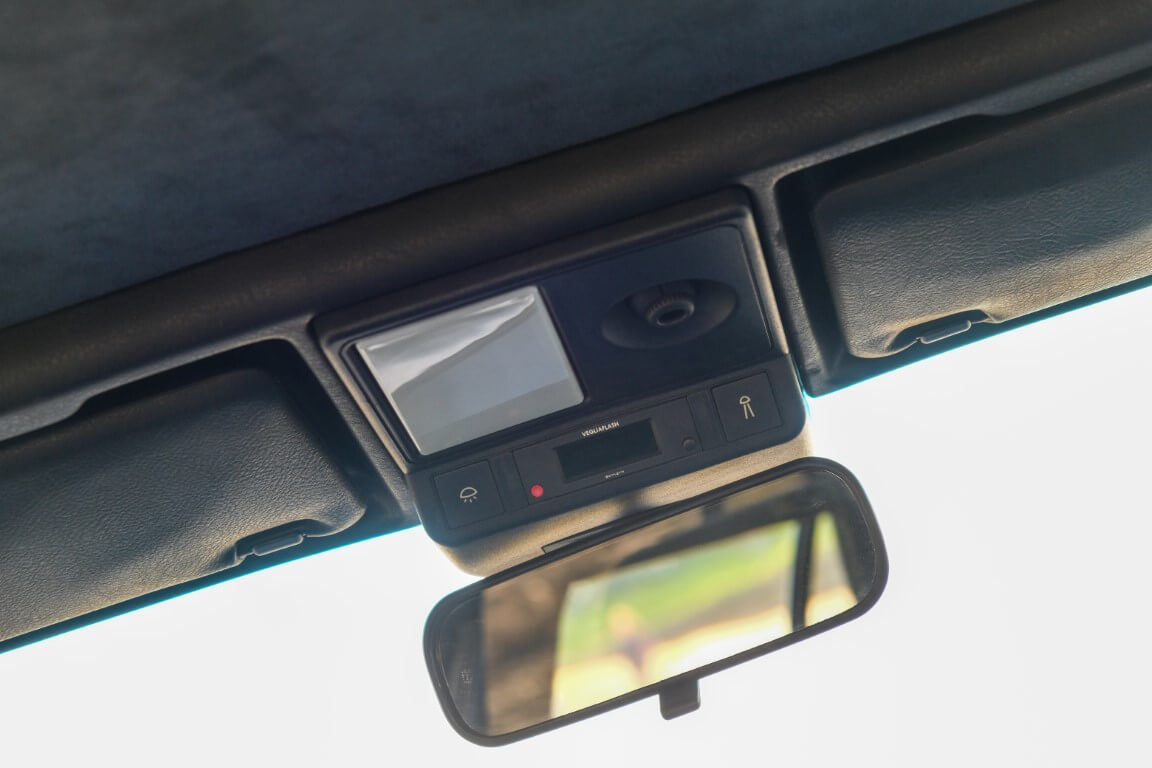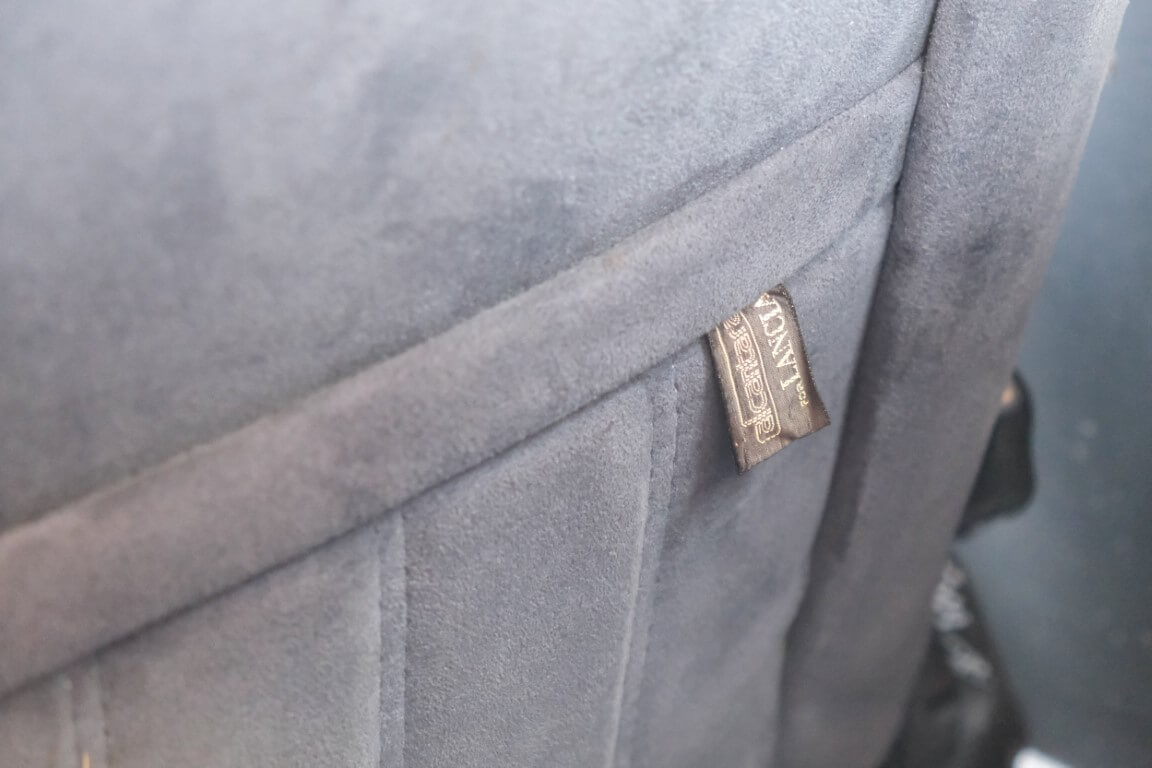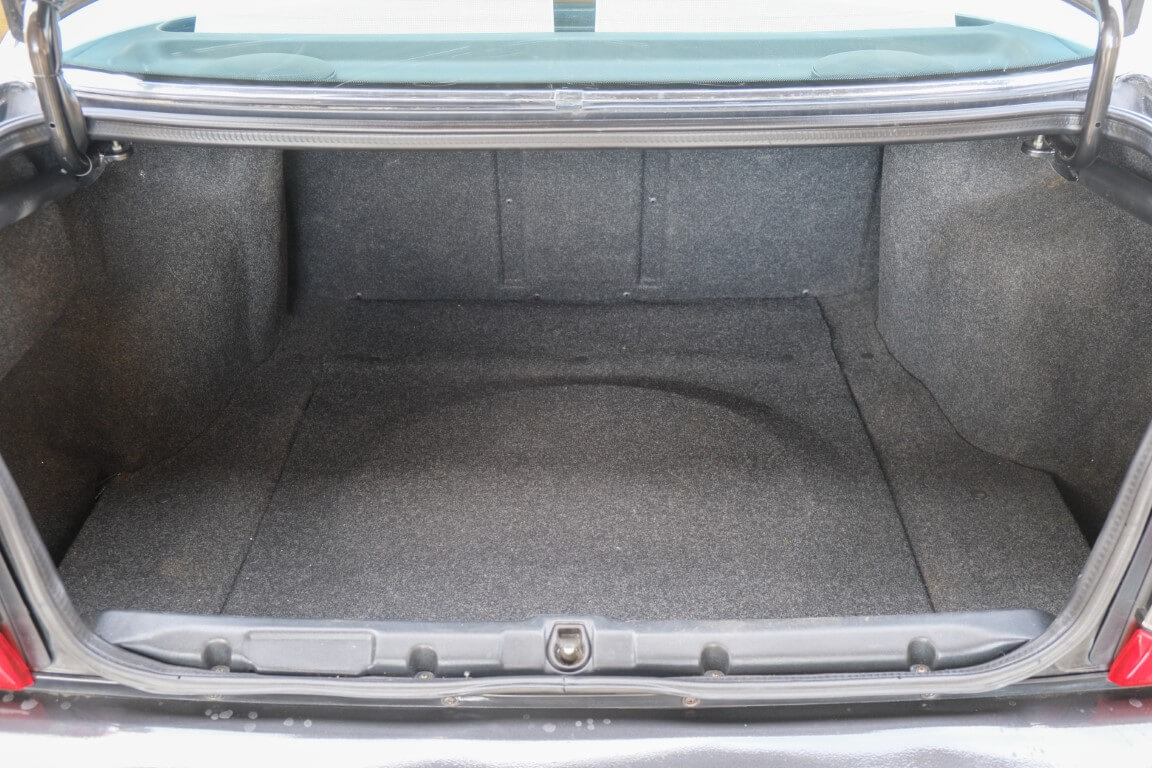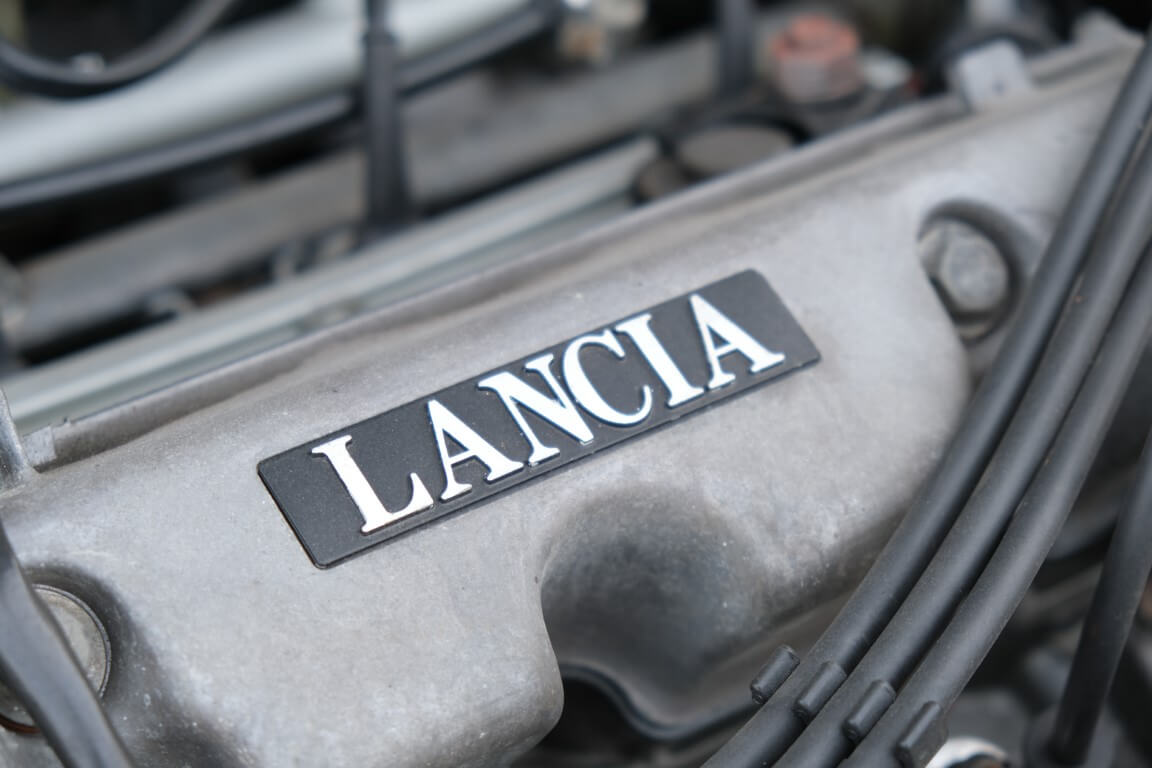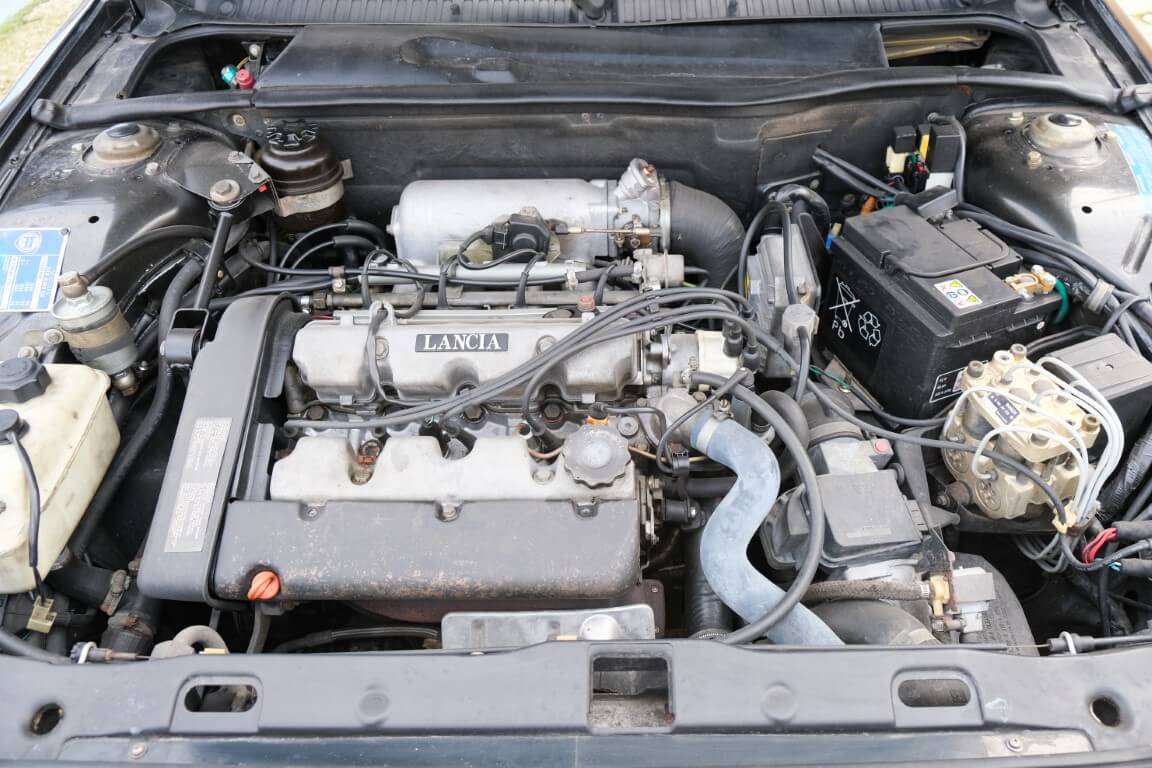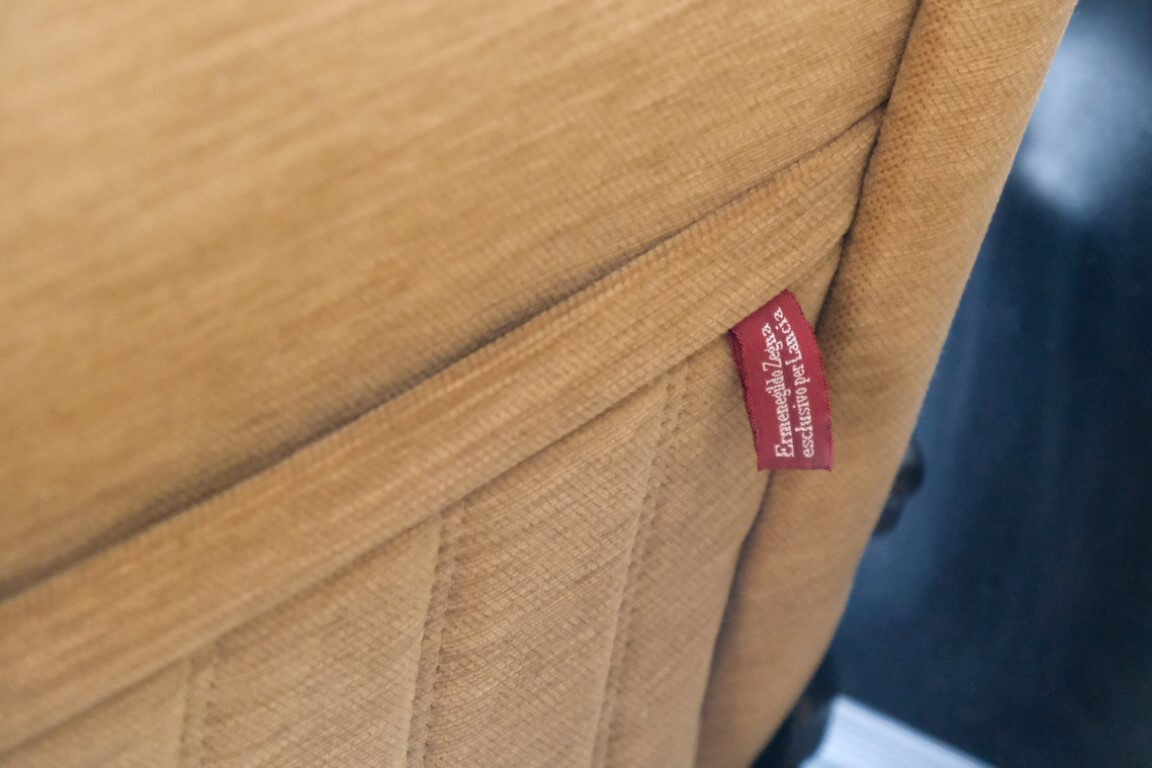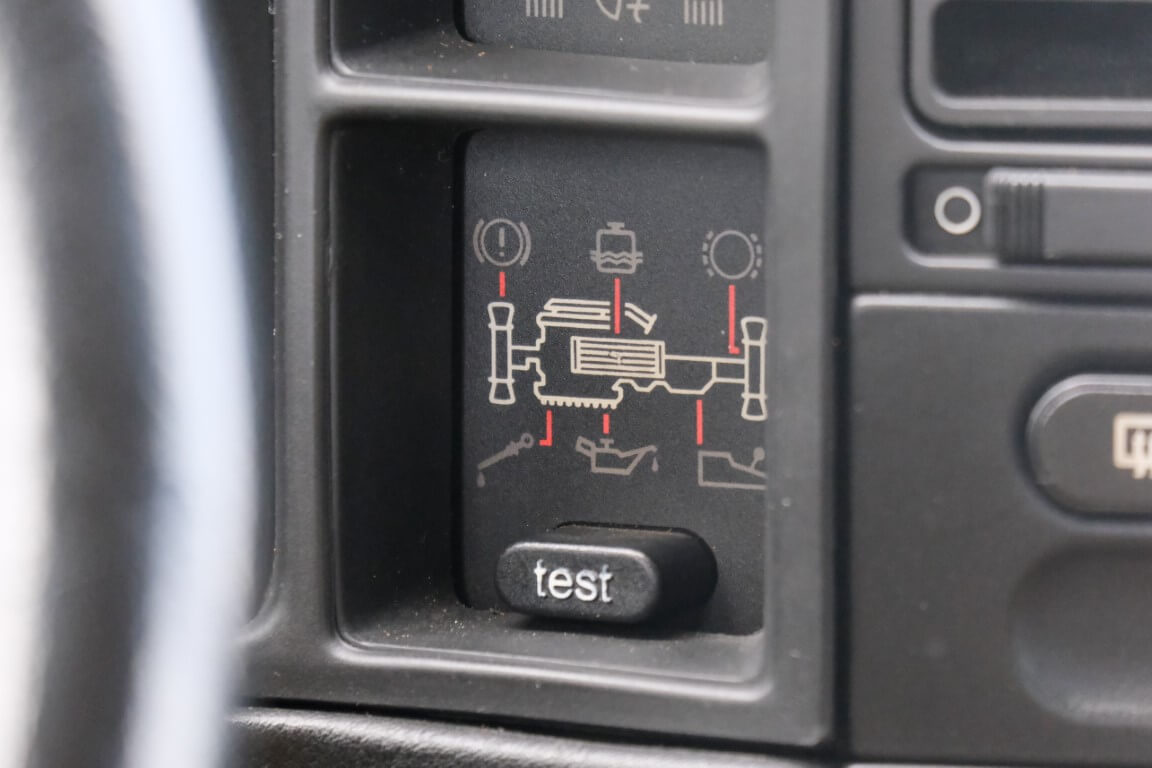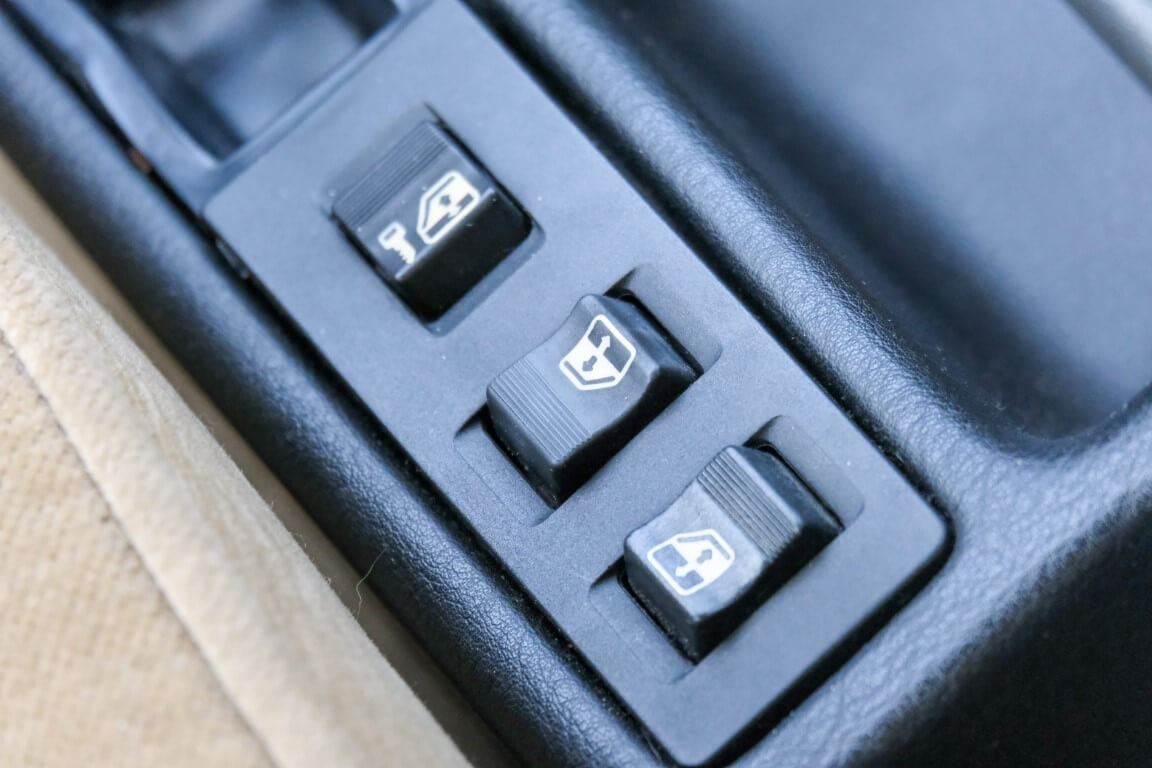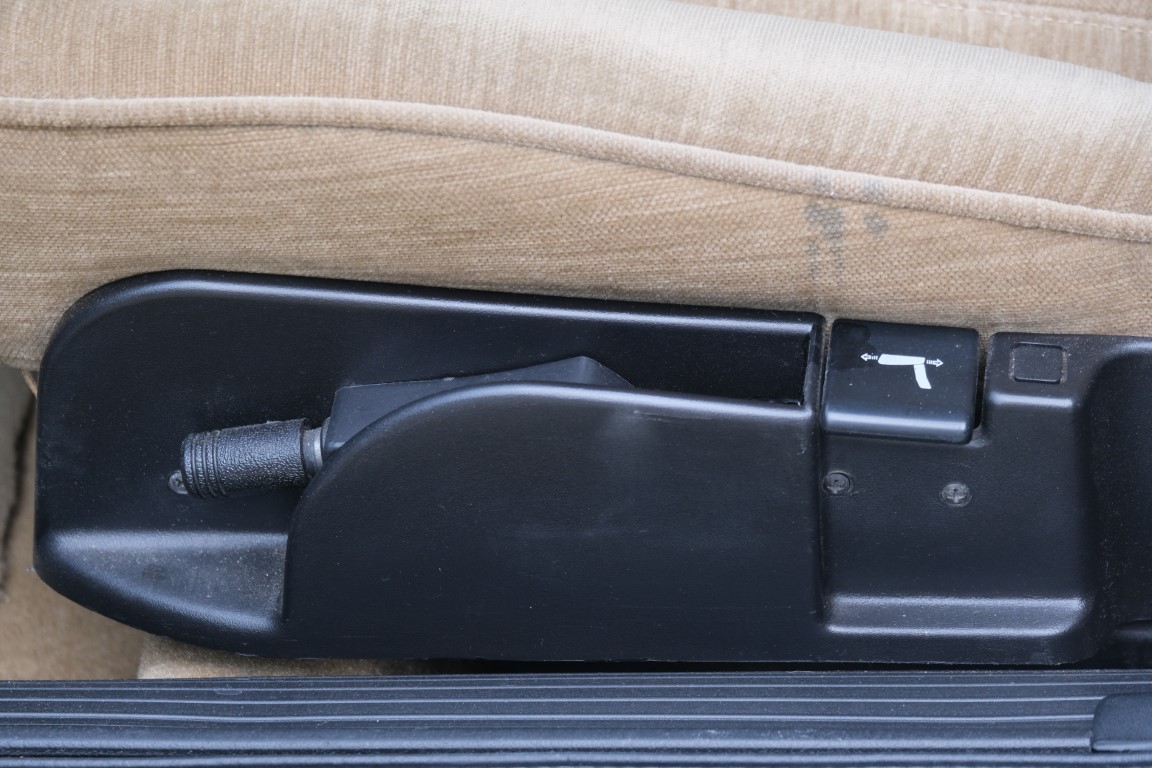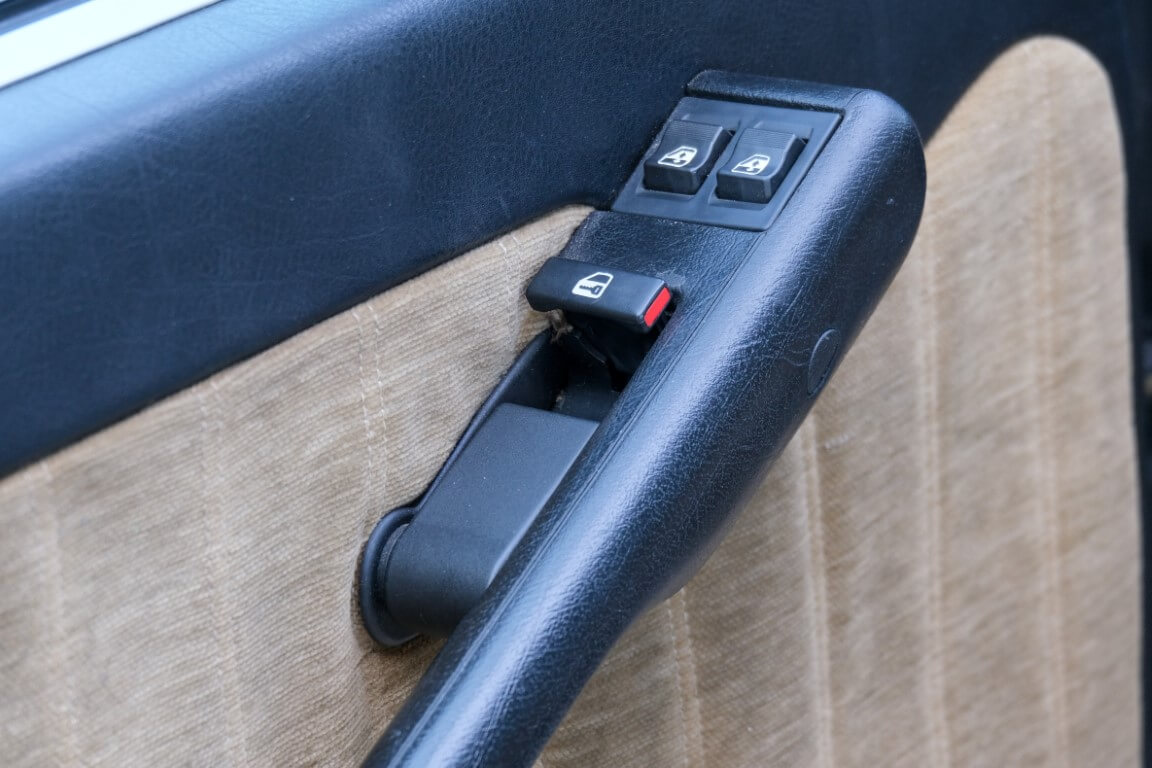Magazine Agorauto
Thema: Business class by Lancia
Author: Michele Di Mauro · Credits Ph: Michele Di Mauro
29 March 2022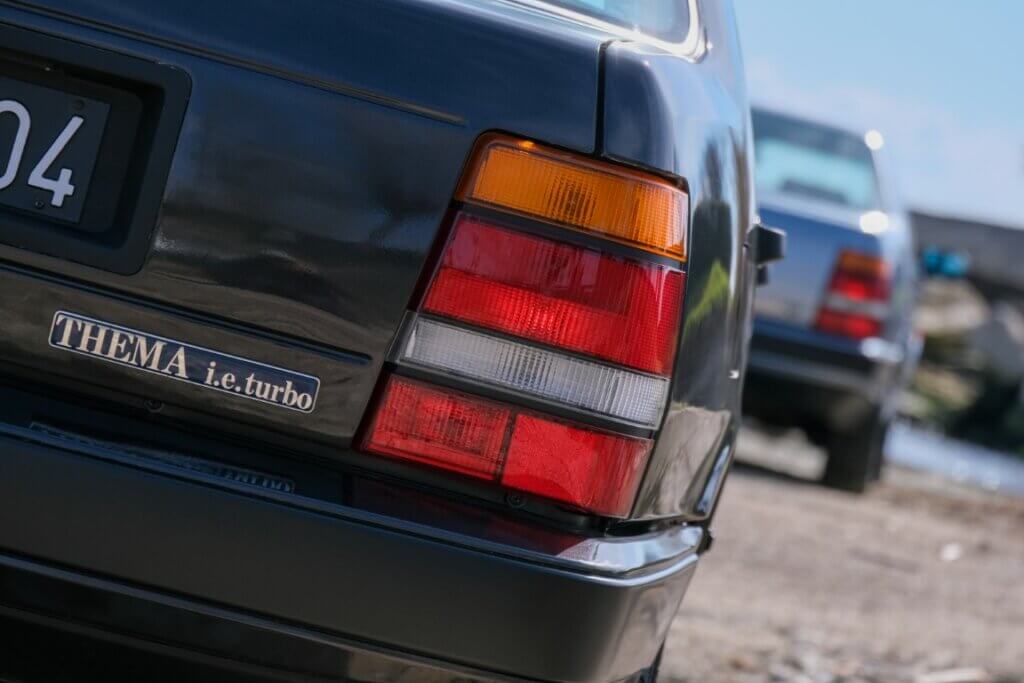
For many, this was the last real Lancia sedan, or at least the last to earn a reputation worthy of the Turin brand and of the prestige that this has represented for almost a century of great motoring. We say “for many”, because for us, a car is a car, and it must always be considered for what it represents. Any model, be it good or bad, is a product of its time, and accordingly, we will never present a car as “the last true” model. Especially since, for lovers of watershed moments, “the last true” model is always changing; for Lancists, first it was the Flaminia, then the Fulvia, and then the Beta. The Thema is certainly, together with the Delta Integrale, one of the recent models that are missed most by lovers of the brand, and further afield.
Witness the Lancia Thema Club Italia, a particularly dynamic and active brotherhood for the model, is, despite the “cumenda” nature of the model, driven by a particularly young operating nucleus, often younger than the cars that take part in demonstrations and rallies. It is thanks to them that we have been able to set up this spread. Unveiled at the Turin motor show in 1984, the Thema was an immediate hit, Widely acclaimed by both the public and critics. The new flagship was elegant, sleek, tough and at the same time racy, albeit in a measured way. How a real Lancia should be.
Although it was built in synergy with the Fiat Croma and Saab 9000 (and later on, the Alfa 164 as well), the Thema had its own distinct and well-defined personality, particularly its interior, and represented Lancia’s return to the benchmark level in a segment in which it had always been a leader, namely medium to high-end sedans. It warmed the heart more than the Gamma that it would replace, which, in its sedan version, had never really made its way into the hearts of the brand’s loyalists. The Thema on the other hand would succeed in doing so, and handsomely: production of the first series alone would total more than 163,000 units, finally positioning the brand as a real alternative to the best French (Citroën XM and Renault 25) and German (Audi 100, BMW Series 5 E28, Mercedes W124) competition, compared with which it often did better.
By virtue of the synergies that we have already mentioned, the Thema came into the world as a three-volume sedan, with load-bearing bodywork, a transverse-mounted engine and front-wheel drive. The design, classic and imposing yet well-proportioned, was the work of Giugiaro, and if the exterior of the car shines more for its balance than for its originality, inside, it redeems itself with luxurious and well-finished interiors, enhanced with high-quality fittings and upholstery in refined materials such as velvet, prized Frau leather,Alcantara and rare chenille; the latter is visible in the vehicles photographed for Agorauto.
The more prestigious versions even came with electrically adjustable heated seats, a mobile phone integrated into the armrest, and automatic climate control. The build quality also marked a welcome step forward compared to the Gamma, with the windows flush with the bodywork and integrated sills, all of which contributed to the excellent CX of 0.32. In summary, the Thema was to all intents and purposes a real Lancia.
In engineering terms too, the new car also lived up to expectations, with independent four-wheel suspension, four servo-assisted disc brakes with optional ABS, and four different engines, to which, from 1986 onward, in conjunction with the introduction of the station wagon bodywork, was added the unforgettable 8.32 from Ferrari in a unique marketing initiative.
In the engine range, the entry level was the 4-cylinder, 2-litre petrol engine (the timeless “Lampredi”) with Bosch LE2-Jetronic electronic fuel injection, offering 120 HP and 17 kgm of torque at 3300 rpm: this powers the “metallic blue 489” example that we photographed exclusively for Agorauto, chosen because it represented the ambitions of the average Italian in 1984: an engine that was brilliant without being demanding, a wealth of fittings, elegant combinations and the exclusive charm of the Alcantara.
The same engine was also offered in a supercharged version with a Garrett T3 turbocompressor and intercooler, delivering 166 HP and 26 kgm of torque at 2500 rpm, which could be increased to 29 kgm at 2750 rpm thanks to the overboost valve, which was able to push the Turin sedan to 218 km/h. At the time, the Lancia Thema Turbo i.e. was one of the fastest sedans around; this version is illustrated by the other vehicle in our spread, a car with a particularly rare configuration, both because of its “Metallic black 602” paintwork, which was not very common at the time, as well as because it is one of the very few examples still on the road with intact chenille interiors, a single exterior rearview mirror and a black nameplate.
The range was completed with the four-cylinder, 2445 cc turbodiesel with intercooler, Bosch DNO SD 259 indirect fuel injection, KKK K26 supercharging offering 100 HP and 22.1 kgm of torque at 2300 rpm, making it the world’s , and the aristocratic 6V, powered by the 6-cylinder PRV (developed jointly with Peugeot, Renault and Volvo) with a 90° V cylinder layout and 2850 cc, fitted with Bosch Breakerless electronic ignition and Bosch K-Jetronic mechanical fuel injection, offering 150 HP, 24.5 kgm of torque at 2700 rpm and 208 km/h. These were more or less the same values as on the 2 L turbo, but in this case delivered in a much more fluid, gentle manner, together with an automatic gearbox, or, for a few lucky high-ranking ministerial officials and captains of industry, with the elongated bodywork of the Limousine version with its fixed central window
The Thema achieved great success in Italy, as a family car but above all as an icon of rampant entrepreneurship, politics and finance of those years. Beautiful, elegant,comfortable and fast, it summed up everything you might expect from a great Italian sedan. For this reason, Lancia launched the second series at the start of 1988, which would, with skillful improvements, become the bestseller of the three Thema series. It was a model which would remain solidly at the forefront for 10 years and which today is deservedly seeing its prices move from used-car values to those of a “classic”, and not only in the rarest, high-performance versions.
For this Agorauto retrospective, we chose the first two four-cylinder petrol-powered versions: they are, in our opinion, the models which best embody the spirit and origins of the success of the Thema, because they were the most sought-after and popular among the Lancia customer base at the time. Because of the significant VAT (38%), the 6V is considered more of an exotic oddity than a real alternative to the Turbo i.e. which, among other things, is faster, whereas the 8.32, introduced later, is decidedly closer to a supercar than to a family car.

